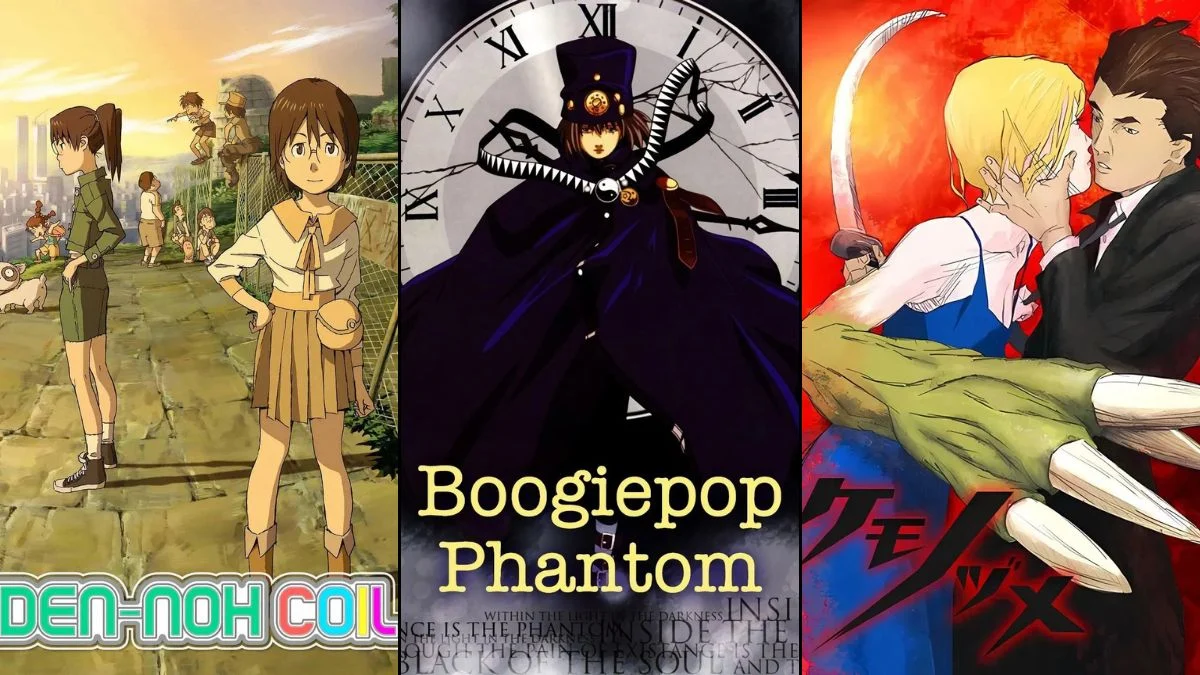
Many fantastic anime series don’t receive widespread attention, even though they offer original concepts, high-quality production, and lasting impressions. This collection highlights shows that may not have had big marketing campaigns, but still provide compelling stories, unique visuals, or interesting structures for viewers willing to explore beyond the popular titles.
We’ve got a mix of content here – short films, OVAs, limited series, and even single-season TV shows. For each one, you’ll find key details to help you decide if it’s worth watching, like its format, who created it, and what makes the story interesting – all without spoiling any surprises.
‘Kaiba’ (2008)
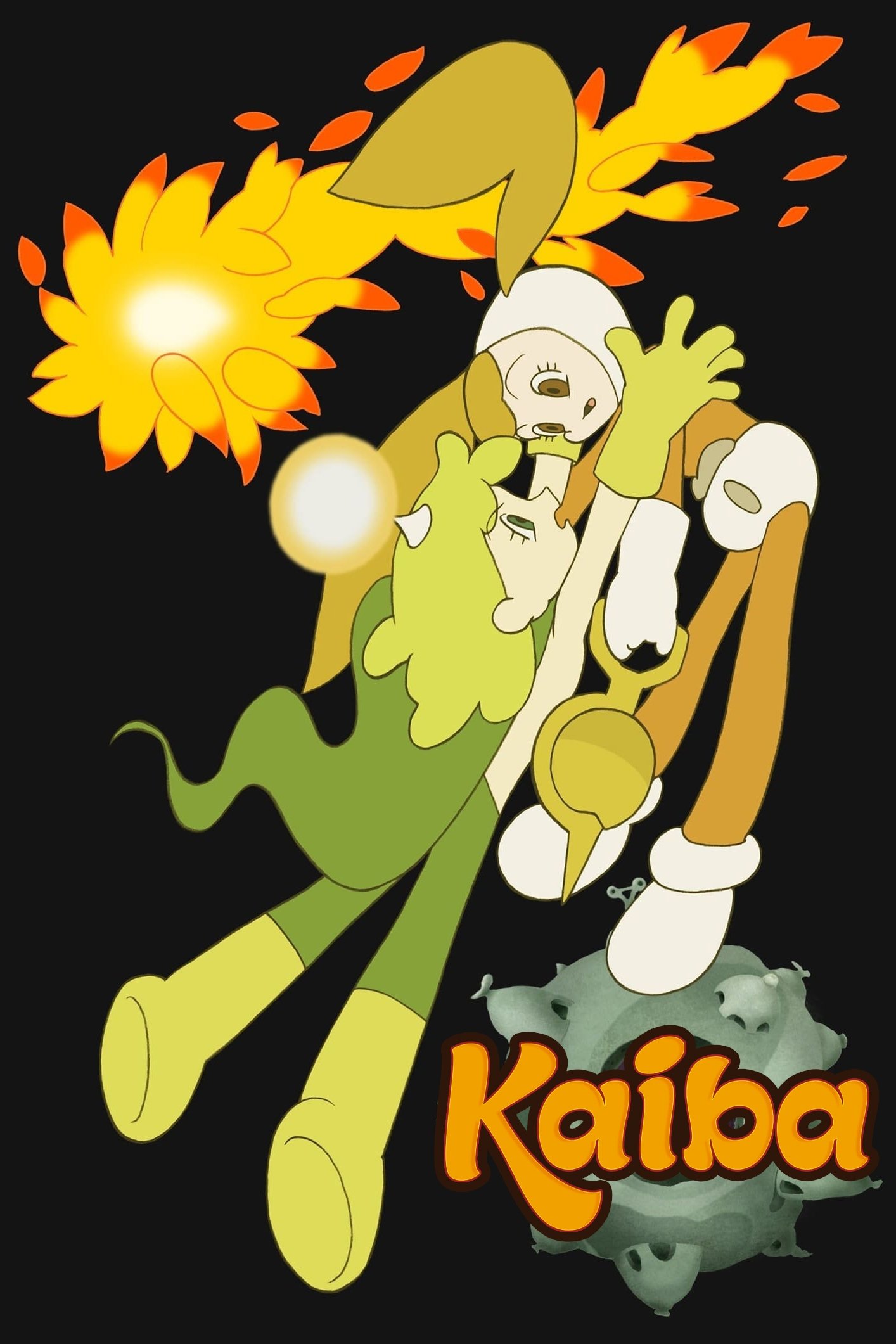
This twelve-episode science fiction series, created by director Masaaki Yuasa and studio Madhouse, imagines a future where people share memories through implanted chips. It features a simple visual style, but explores surprisingly deep themes about who we are and the divisions in society.
Kiyoshi Yoshida’s music creates a calm, atmospheric feel for both the slower, more exploratory moments and the action-packed chases, using a recurring musical theme throughout. The show builds a central, overarching mystery instead of relying on self-contained episodes, so watching in order is important.
‘Mononoke’ (2007)
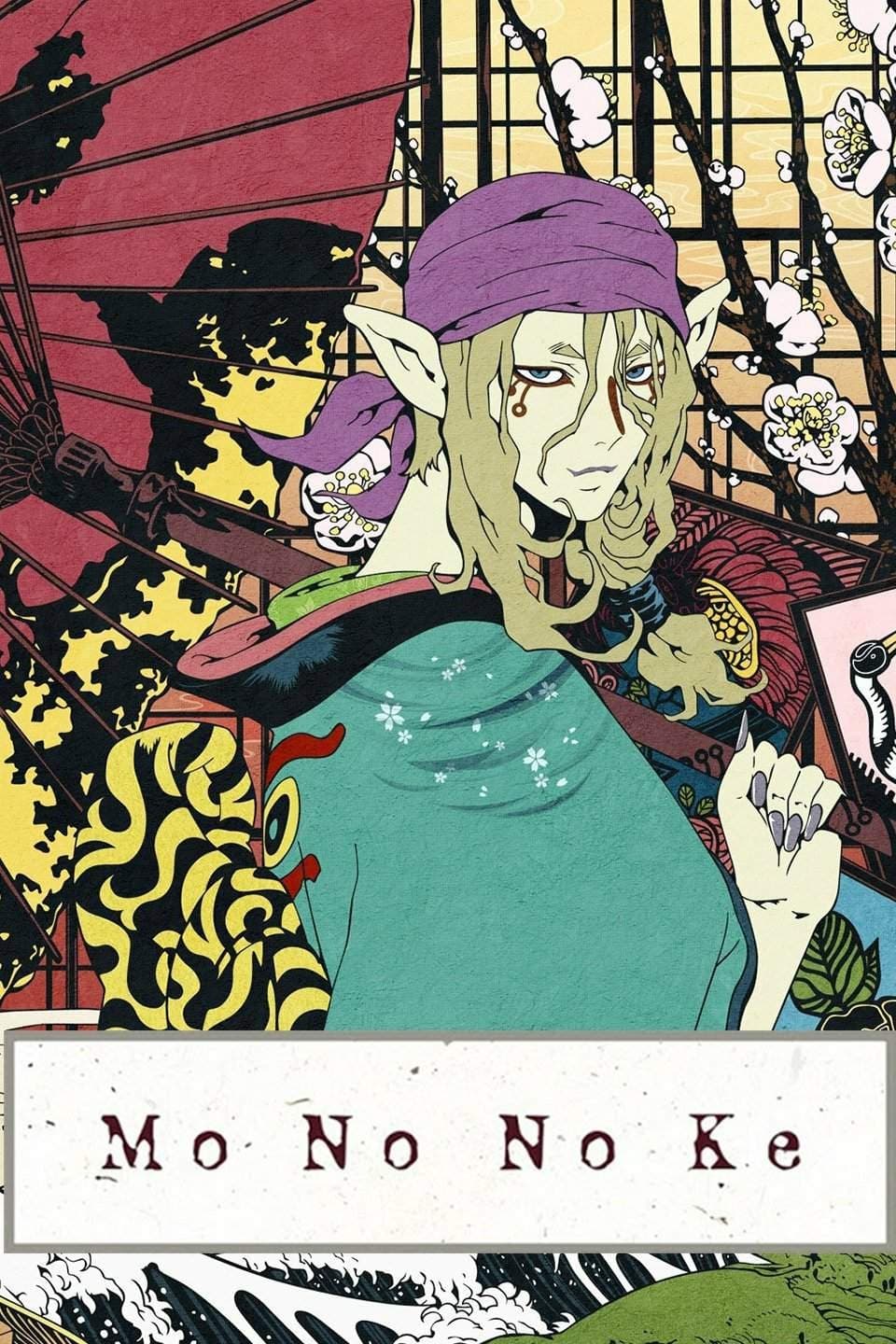
The show centers around the Medicine Seller, who solves spirit-related mysteries using a three-part process: Form, Truth, and Reason. Each story arc, created by Toei Animation, is a standalone case that combines historical settings with traditional supernatural tales.
The visual style features rich, layered textures reminiscent of traditional woodblock prints and Japanese sliding screens. The music and sound effects emphasize rhythm, particularly during moments of investigation and ceremony.
‘Den-noh Coil’ (2007)
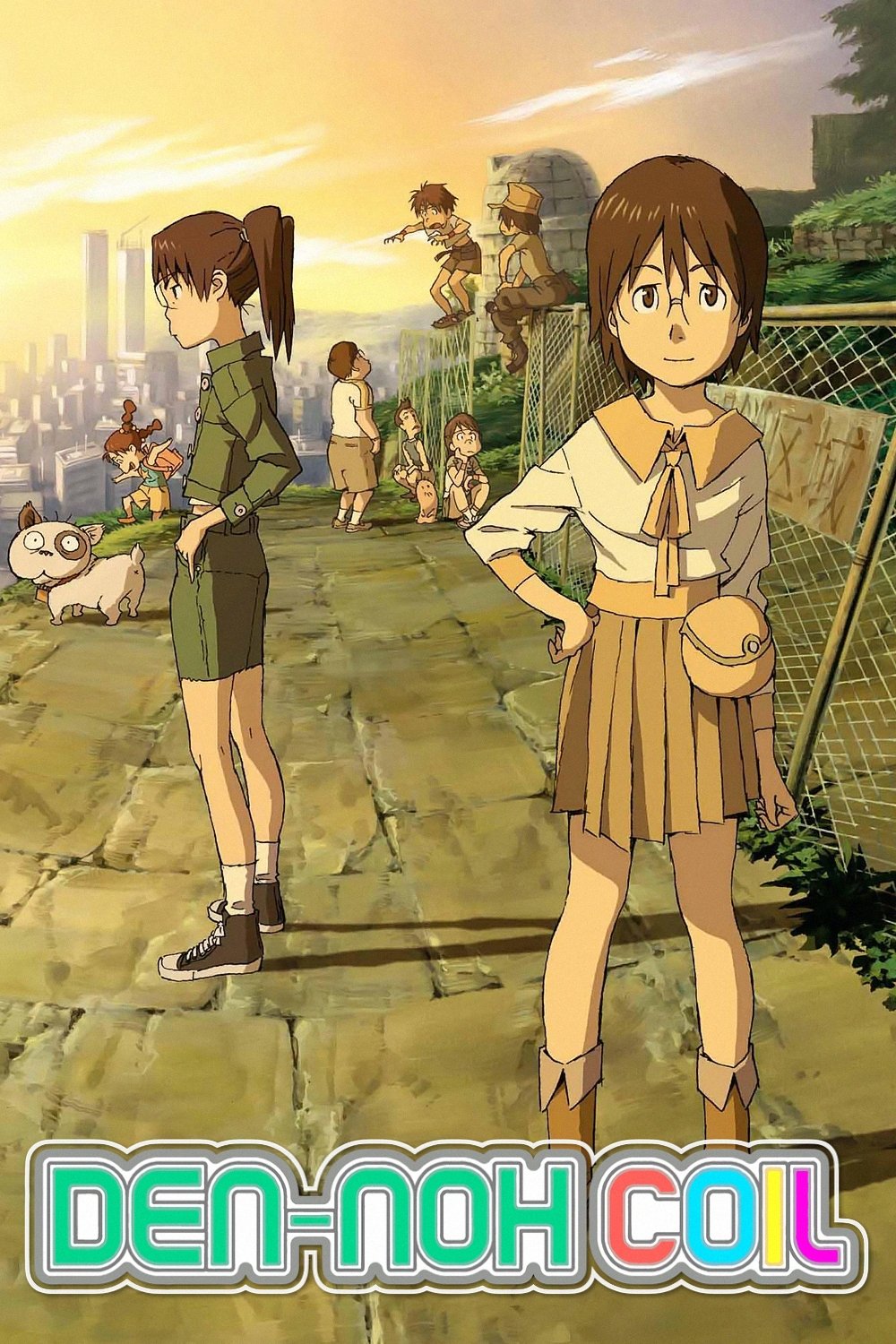
I’m so excited about this new series directed by Mitsuo Iso! It’s set in a city that feels just around the corner, and it’s all about these AR glasses kids are using. Madhouse really delivered with twenty-six episodes – it’s a cool mix of exploring the city, dealing with weird tech glitches, and even encountering these digital ‘ghosts’ of lost data. It’s seriously captivating!
The show clearly explains its rules using fictional software and unauthorized modifications within the game world. Character movement is animated with a strong emphasis on realistic timing and detail.
‘Kemonozume’ (2006)
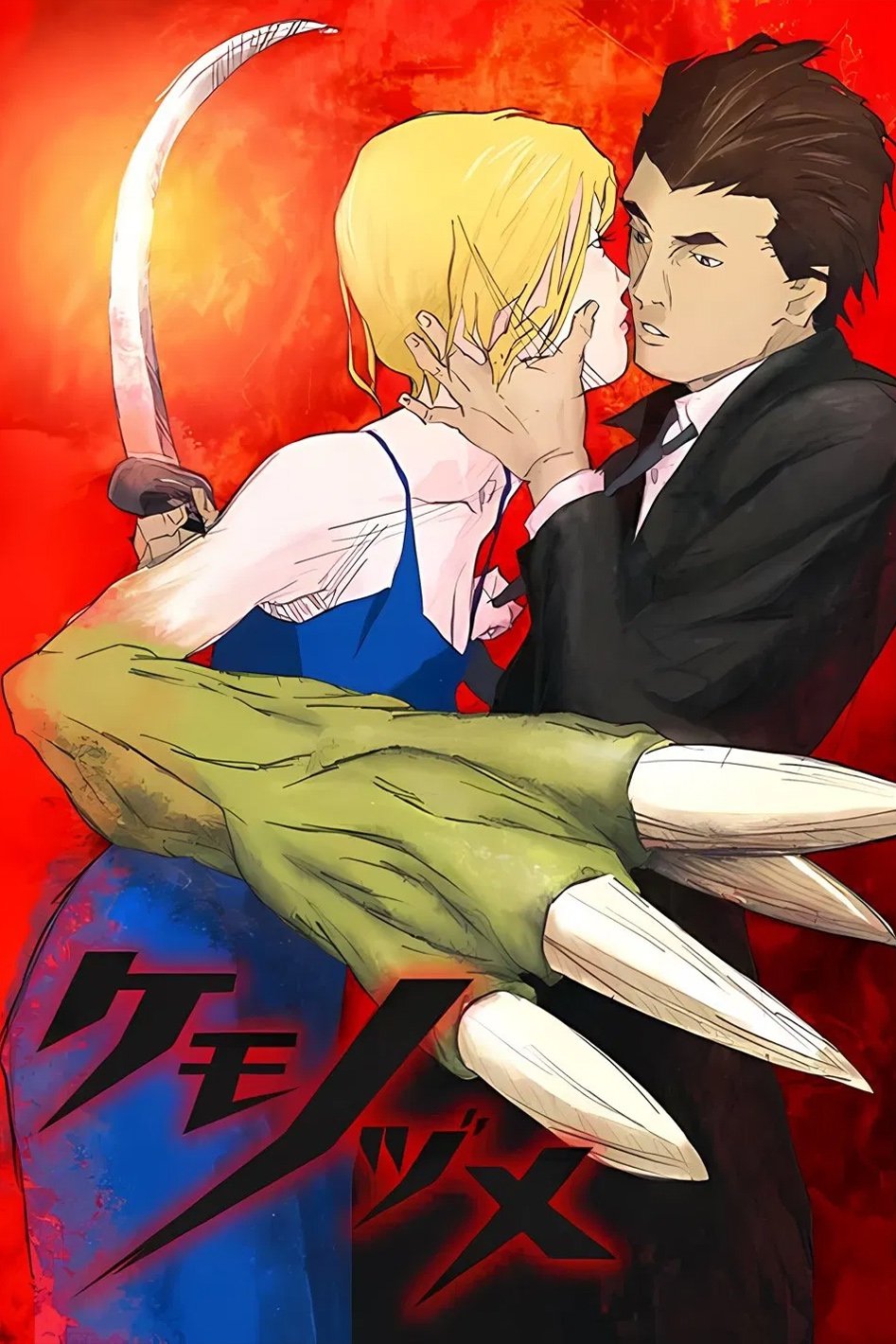
The animation studio Madhouse created a series about people who hunt monsters, and the monsters—called Shokujinki—who eat humans. Director Masaaki Yuasa used a distinctive style with raw, energetic lines and dynamic screen layouts to reflect the chaotic nature of the story.
The show switches between straightforward investigations and the emotional consequences for those involved as the opposing forces collide. Simple backgrounds and artistic transitions emphasize the actors’ movements, camera angles, and overall visual style.
‘Texhnolyze’ (2003)
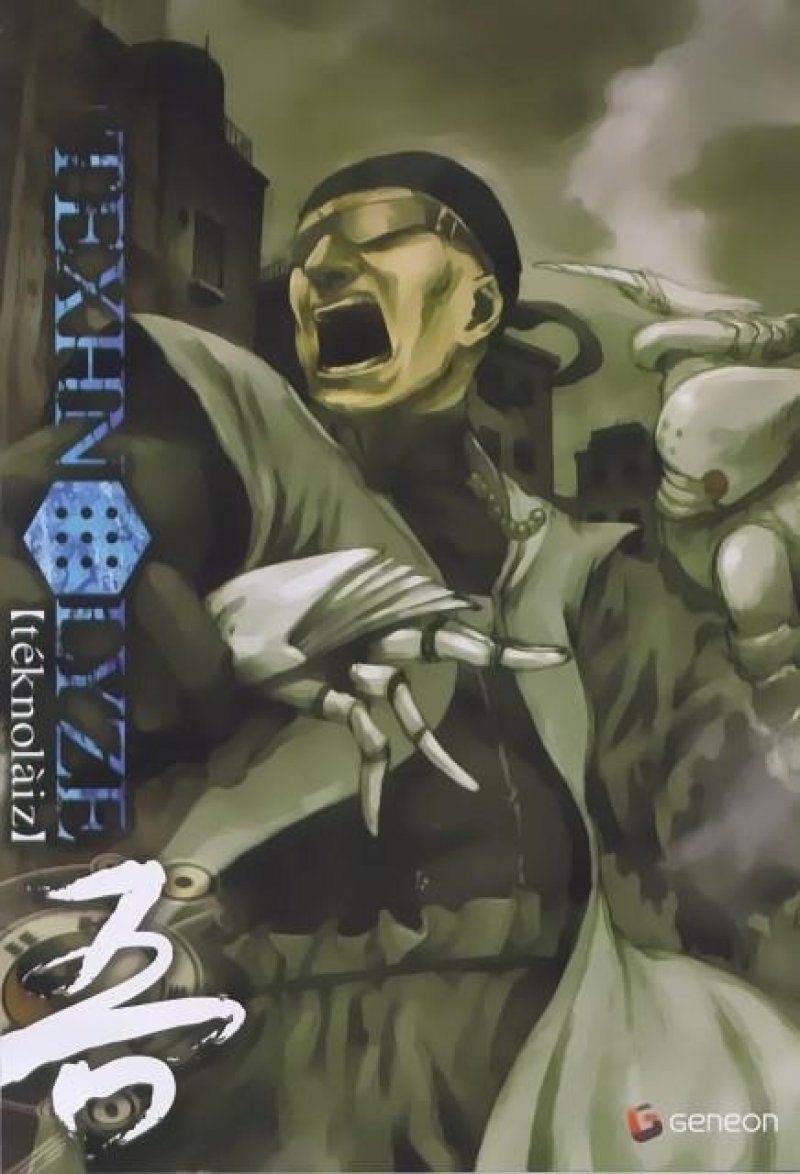
The anime series, created by studio Madhouse, is set in the subterranean city of Lux, where artificial limbs are used as both money and a symbol of status. Directed by Hiroshi Hamasaki and with a story crafted by Chiaki J Konaka, the show consists of twenty-two episodes.
The show starts with very little dialogue, instead focusing on building its world through detailed visuals of machines and maps. The designs of these machines, along with the show’s color scheme, reflect a change from natural systems to a world built for survival through technology.
‘Ergo Proxy’ (2006)
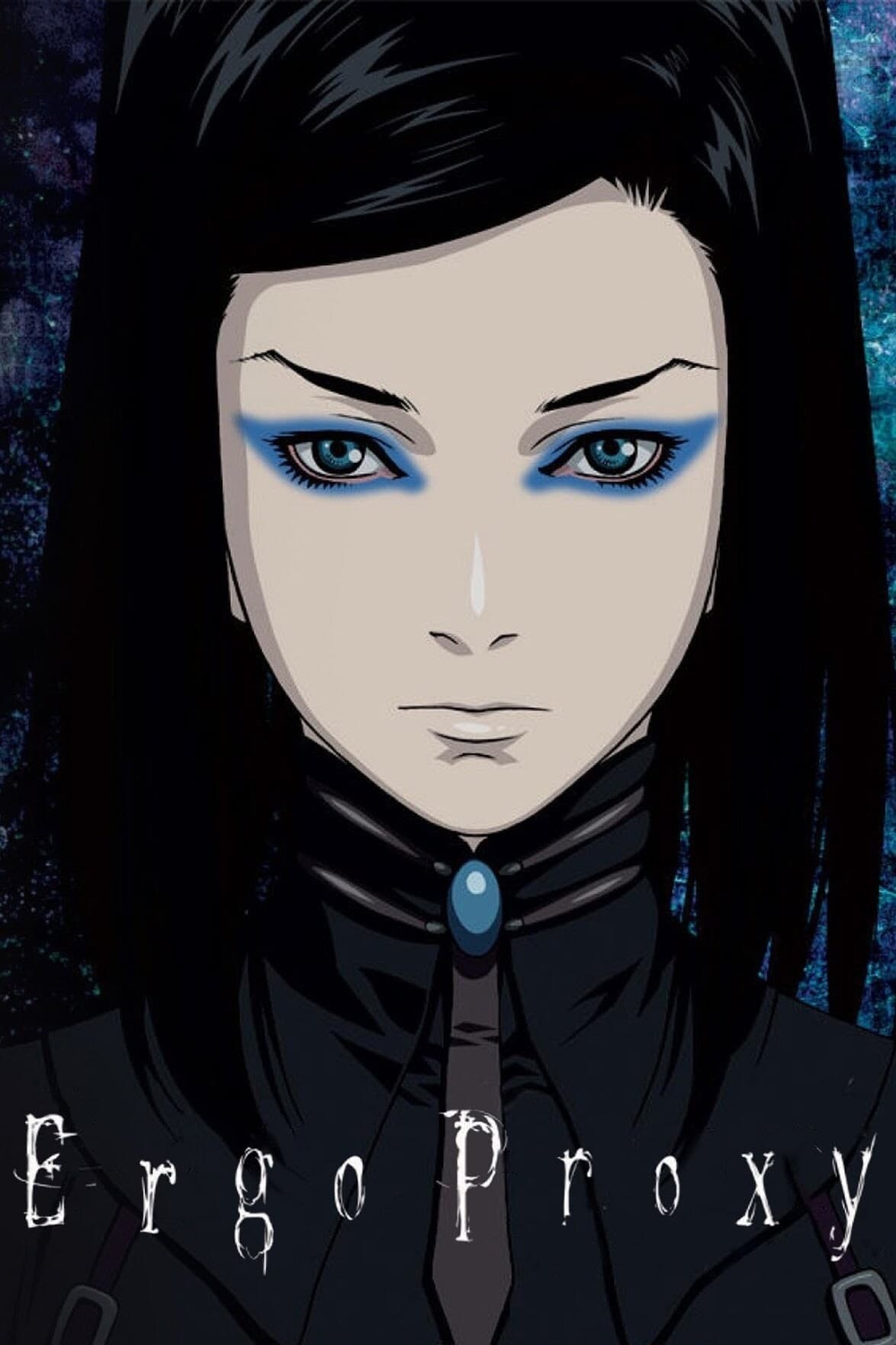
The dystopian anime series was created by Manglobe and centers around domed cities powered by androids called AutoReivs, and overseen by an enigmatic being known as Proxy. The story unfolds through the eyes of a security inspector and a mysterious wanderer, as directed by Shuko Murase.
The show blends straightforward investigations with thoughtful explorations of deeper ideas, all within a single, continuous timeline. Visually, it uses dark and shadowy imagery to enhance the story’s intense and psychological atmosphere.
‘Boogiepop Phantom’ (2000)
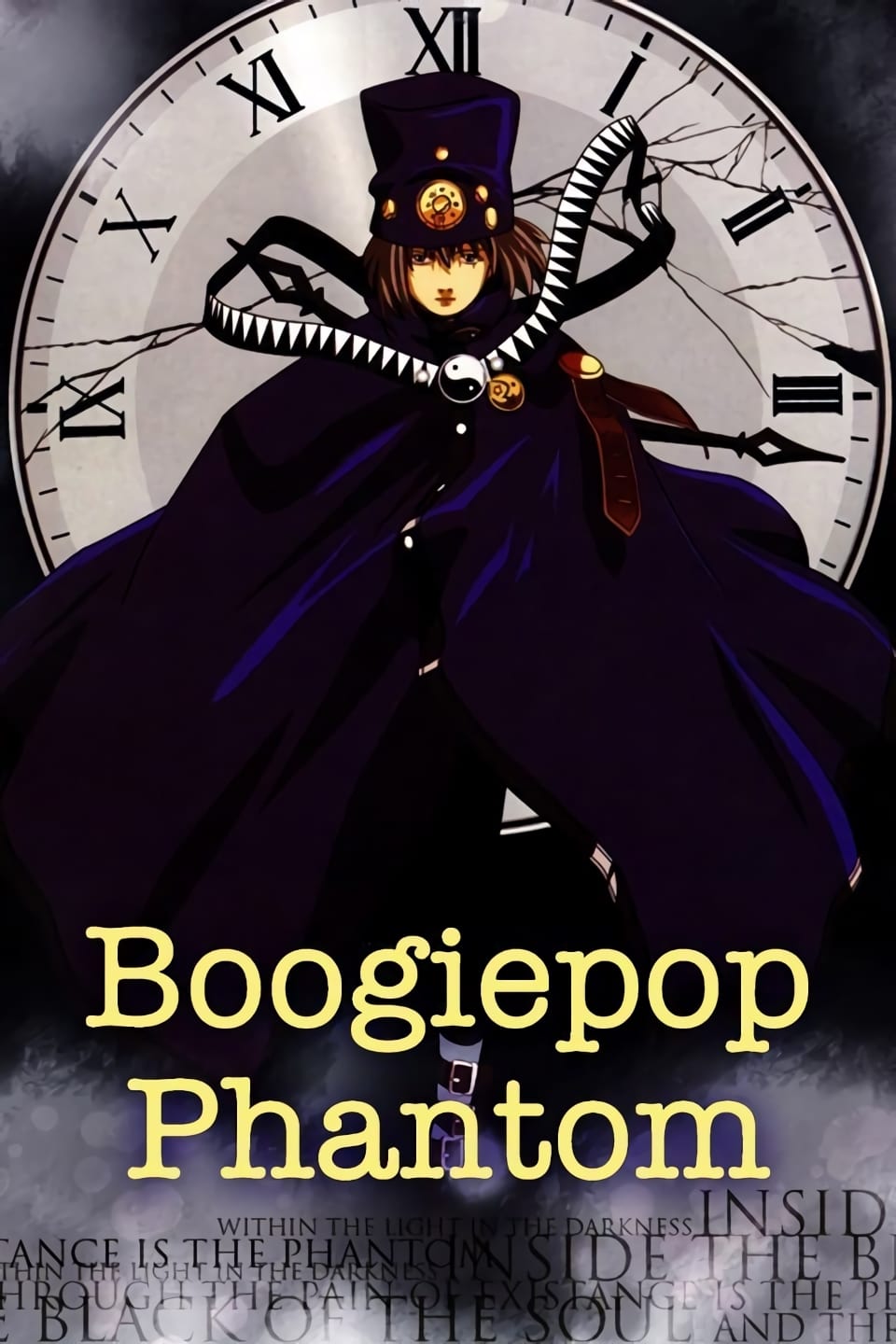
This anime series is based on a set of novels and tells its story through a non-linear timeline, focusing on an event affecting the whole city. Each episode centers on a different character, and they all have a connection to a local urban legend called Boogiepop.
The show uses muted colors and dim lighting to create a nighttime feel, which works well for scenes set in back alleys and conversations about gossip. The music is subtle and atmospheric, helping the story flow seamlessly between different characters’ viewpoints.
‘Haibane Renmei’ (2002)
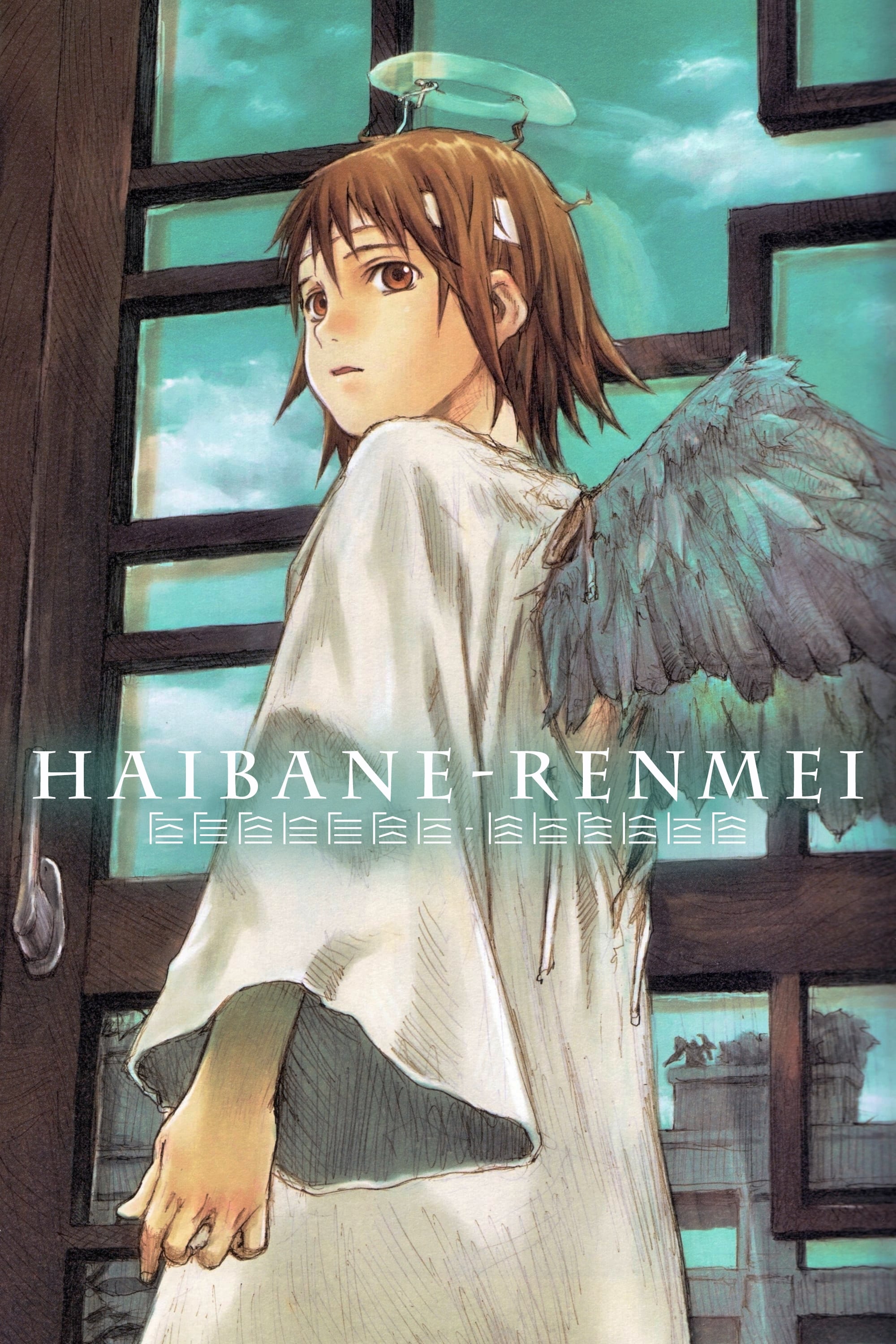
This anime series is inspired by a work from artist Yoshitoshi ABe. It centers around creatures with wings who live in a town protected by walls and governed by a few basic rules. The show, created by Radix Ace Entertainment, consists of thirteen episodes known for their calm and deliberate storytelling, focusing on the characters’ everyday lives.
The world is built through everyday tasks, yearly traditions, and official records that establish what people can and can’t do. The story concentrates on how the community is organized and how people interact, rather than focusing on dangers from outside, which creates a more personal and relatable feel.
‘Now and Then, Here and There’ (1999–2000)
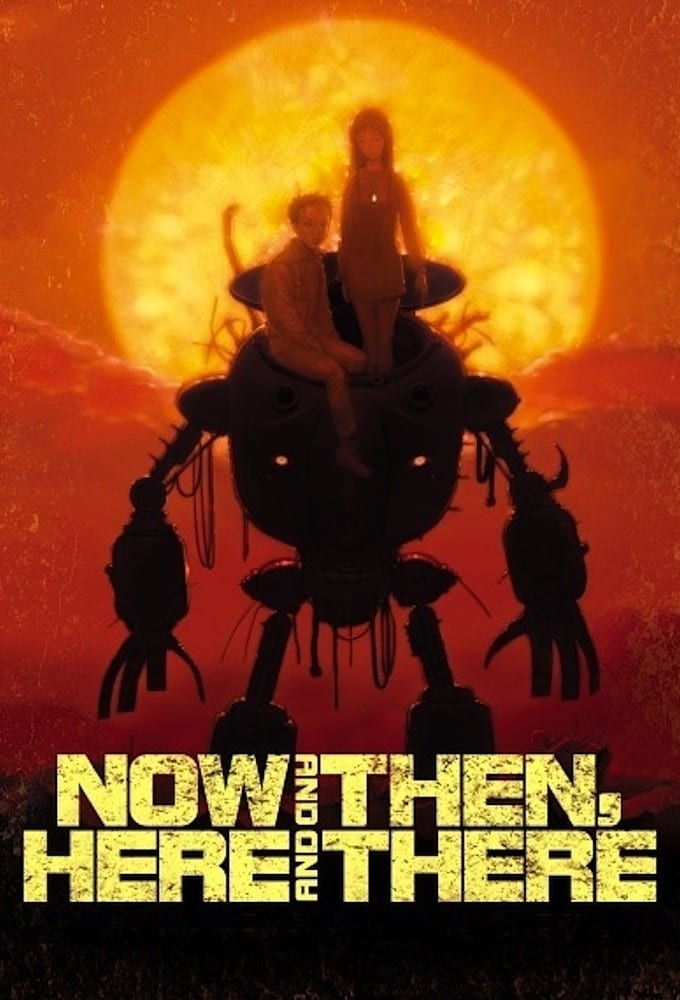
The story starts with a young boy unexpectedly transported to a world plagued by a severe water shortage, which fuels ongoing conflicts. The thirteen-episode animated series, produced by Studio AIC, explores themes of forced military service, uprisings, and the struggle to control this vital resource.
The show effectively uses the setting to illustrate how supplies move and characters travel. The character designs, created by Akira Takada, are straightforward, and the stage direction ensures the action is easy to follow even in close quarters.
‘Aoi Bungaku Series’ (2009)
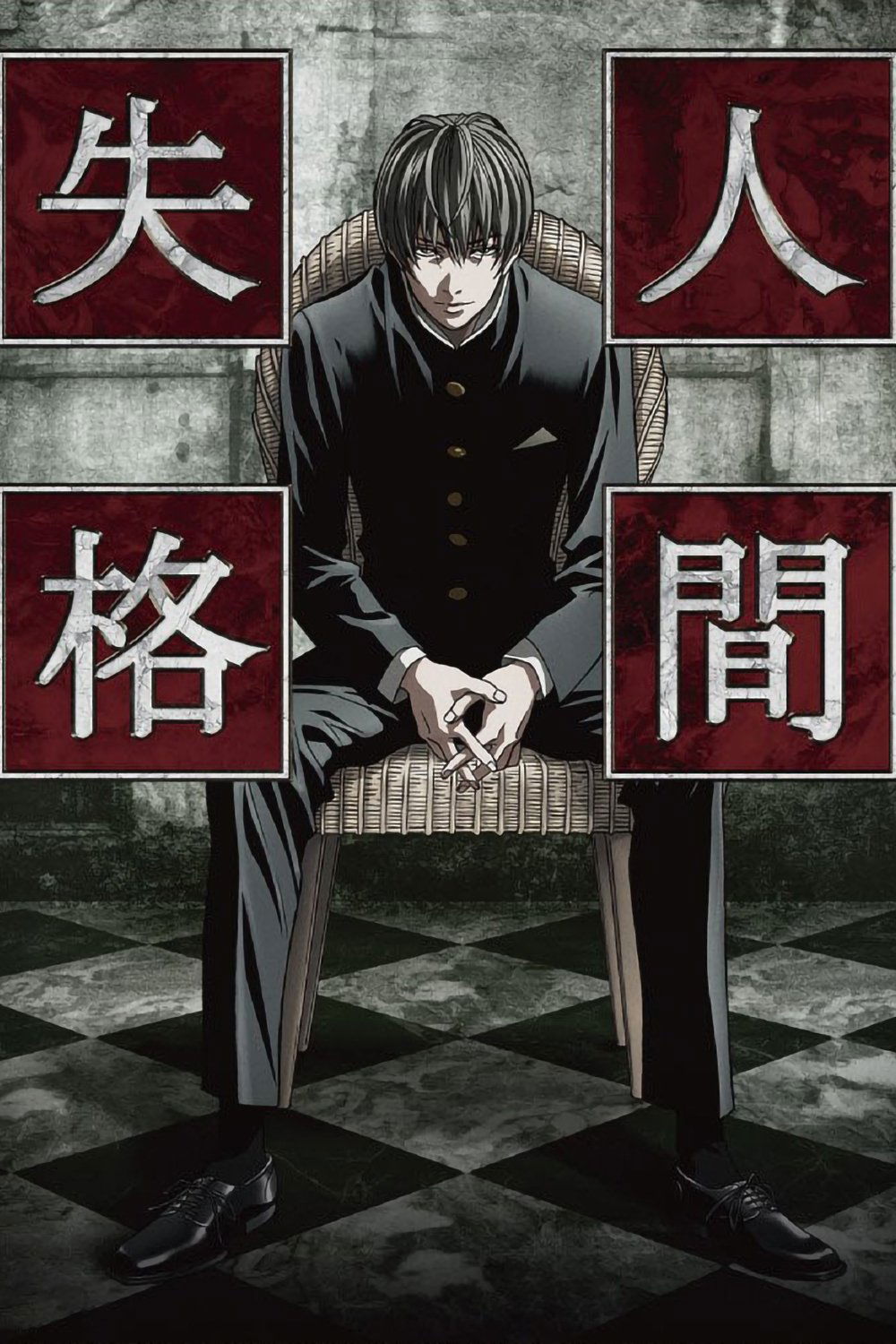
This collection features six adaptations of classic Japanese stories, each with a unique director and art style. The animation is produced by Madhouse and includes works from authors like Osamu Dazai.
Each part begins by explaining where the original story came from, then quickly moves into a fresh, updated version. The visual style and colors shift with the story’s mood, and different characters appear alongside each main hero.
‘House of Five Leaves’ (2010)

Manglobe animated a twelve-episode series based on Natsume Ono’s manga, which tells the story of a shy samurai who unexpectedly joins a group that kidnaps people for money. The show captures the delicate style of Ono’s artwork and unfolds at a relaxed pace.
Filming often takes place in settings like tea houses, narrow alleys, and gates, which emphasize discussion and compromise over fighting. The music, featuring strings and flutes, highlights both the proper manners and underlying suspense of the scenes.
‘Gankutsuou’ (2004–2005)
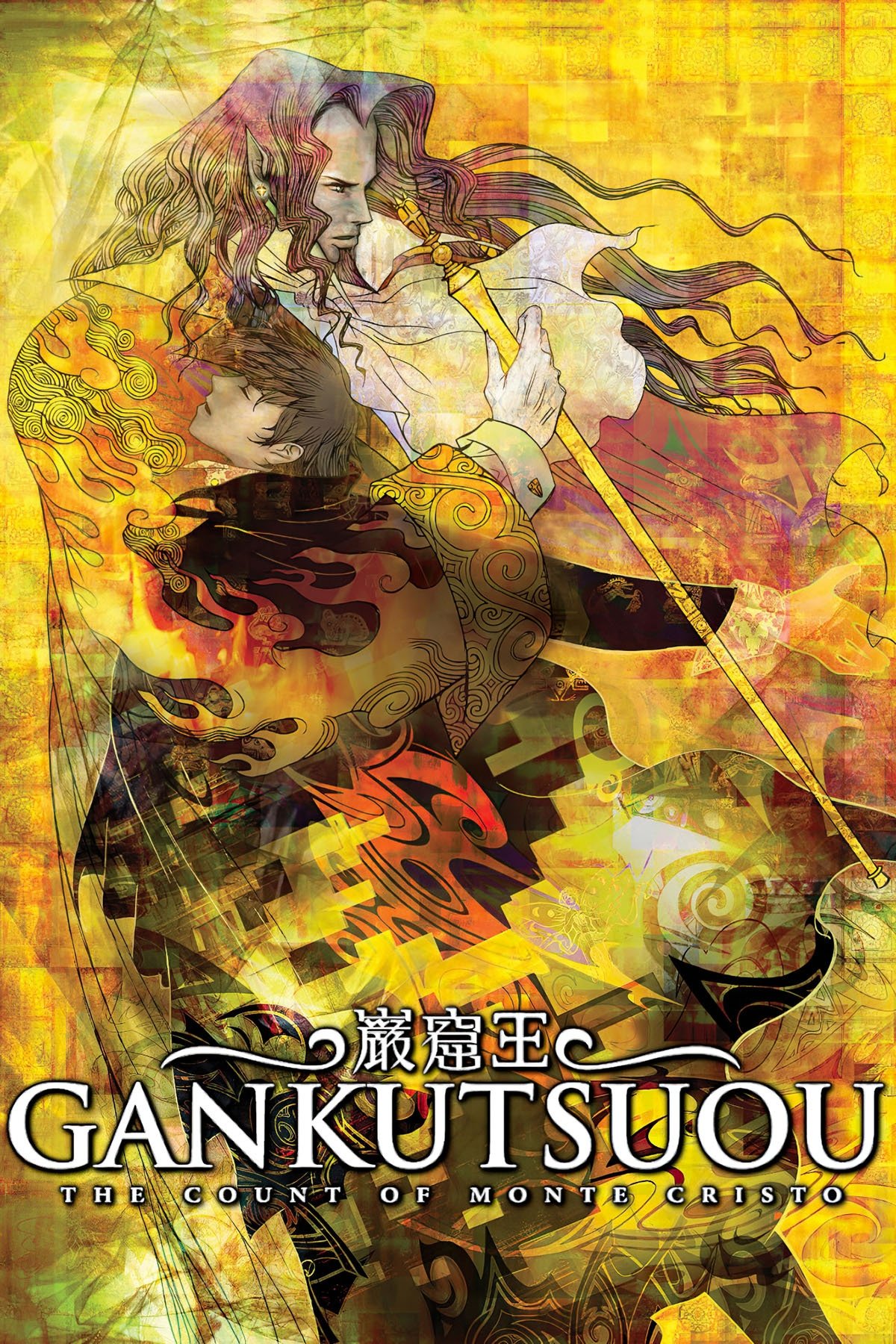
As a film buff, I was really intrigued by this take on *The Count of Monte Cristo* – they’ve boldly shifted the story to the future! What really caught my eye, though, was the director Gonzo’s visual style. He uses these incredible, layered textures mapped onto everything – the characters, their clothes – it creates this really rich and detailed look that’s quite striking.
This story is told from the point of view of younger characters, but it still follows the same main plot and features the same groups of people. Each episode unfolds through scenes of court life, journeys, and business, revealing how characters form alliances and accumulate debts.
‘Kyousougiga’ (2013)
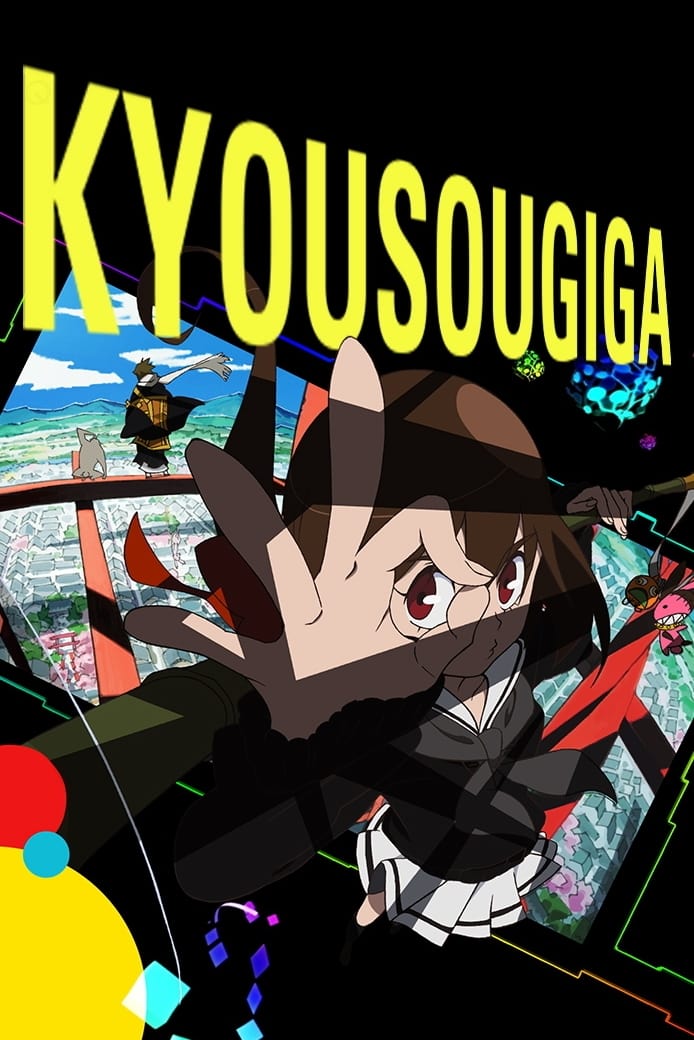
I recently checked out this new anime, and it’s a fascinating expansion of a web series Toei Animation was playing with. The premise is really unique – it’s set in this incredible mirror city created by a monk and a rabbit god! The central story follows a family torn apart across time and space, and the way they unravel the mystery of their separation is through these cool artifacts and murals that basically lay out the rules of this world. It’s a clever way to deliver exposition, and I was hooked right away.
Each episode includes helpful recaps to keep the story easy to follow. Exciting action sequences use dramatic camera angles, and calmer scenes showcase detailed environments like markets and temples.
‘Planetes’ (2003–2004)
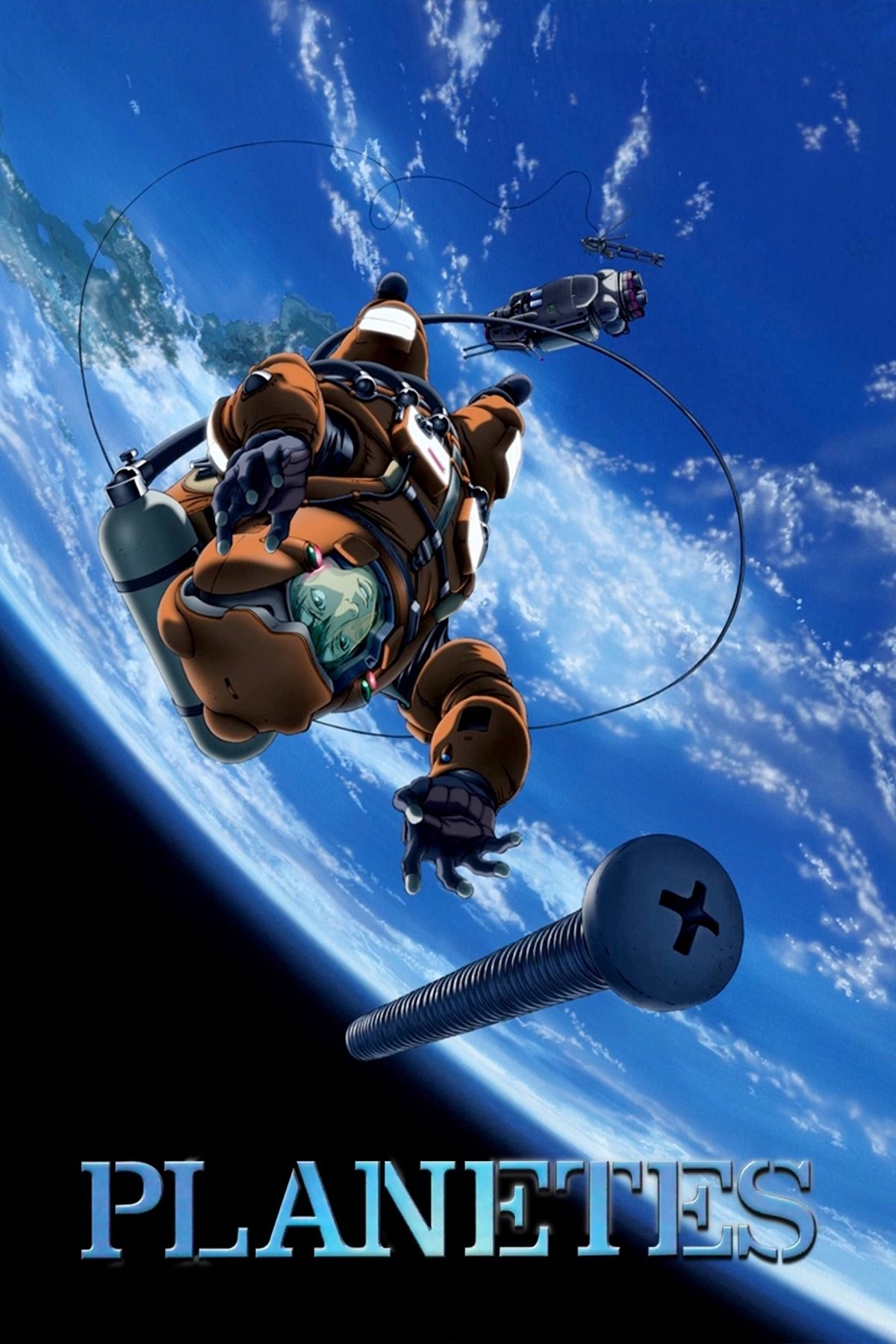
Sunrise is creating a series based on Makoto Yukimura’s manga, which follows the lives of people who collect debris in orbit, repairing satellites and recovering lost equipment. The show is known for its realistic depiction of space, carefully portraying how things move and operate in a vacuum, as well as the importance of safety and controlling spacecraft.
Okay, so I just finished watching this, and what struck me was how meticulously detailed the world-building is. They really leaned into the practical side of things – you see labeled parts on all the equipment, and maintenance feels like a real, step-by-step process. But it’s not just tech; the film cleverly uses international teams, complex business deals, and even legal hearings about space law to flesh out the characters’ careers and highlight the inherent risks they face. It’s a surprisingly grounded approach for a sci-fi film, and it works really well.
‘Bartender’ (2006)
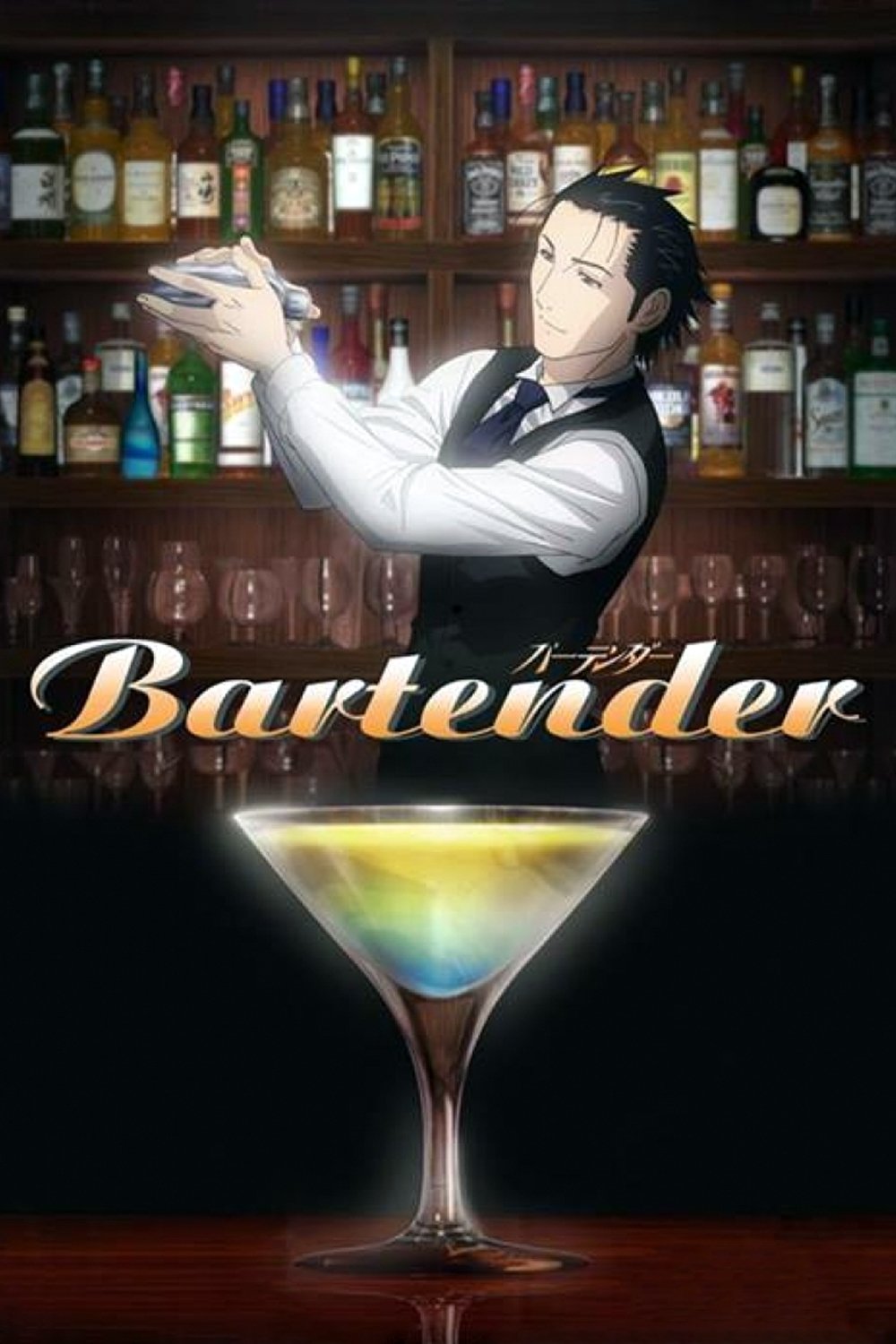
The show centers around a reserved bartender who helps customers with their issues by thoughtfully choosing and serving them drinks. Each episode is filmed on a small number of indoor sets, allowing for detailed, close-up shots of the drinks being made.
The show features cocktail recipes with ingredient lists and the tools you’ll need, alongside the fascinating histories of each drink. Each episode is structured like a series of short stories, introducing new bar patrons and exploring different cocktail ‘cases’ every week.
‘Time of Eve’ (2008–2009)
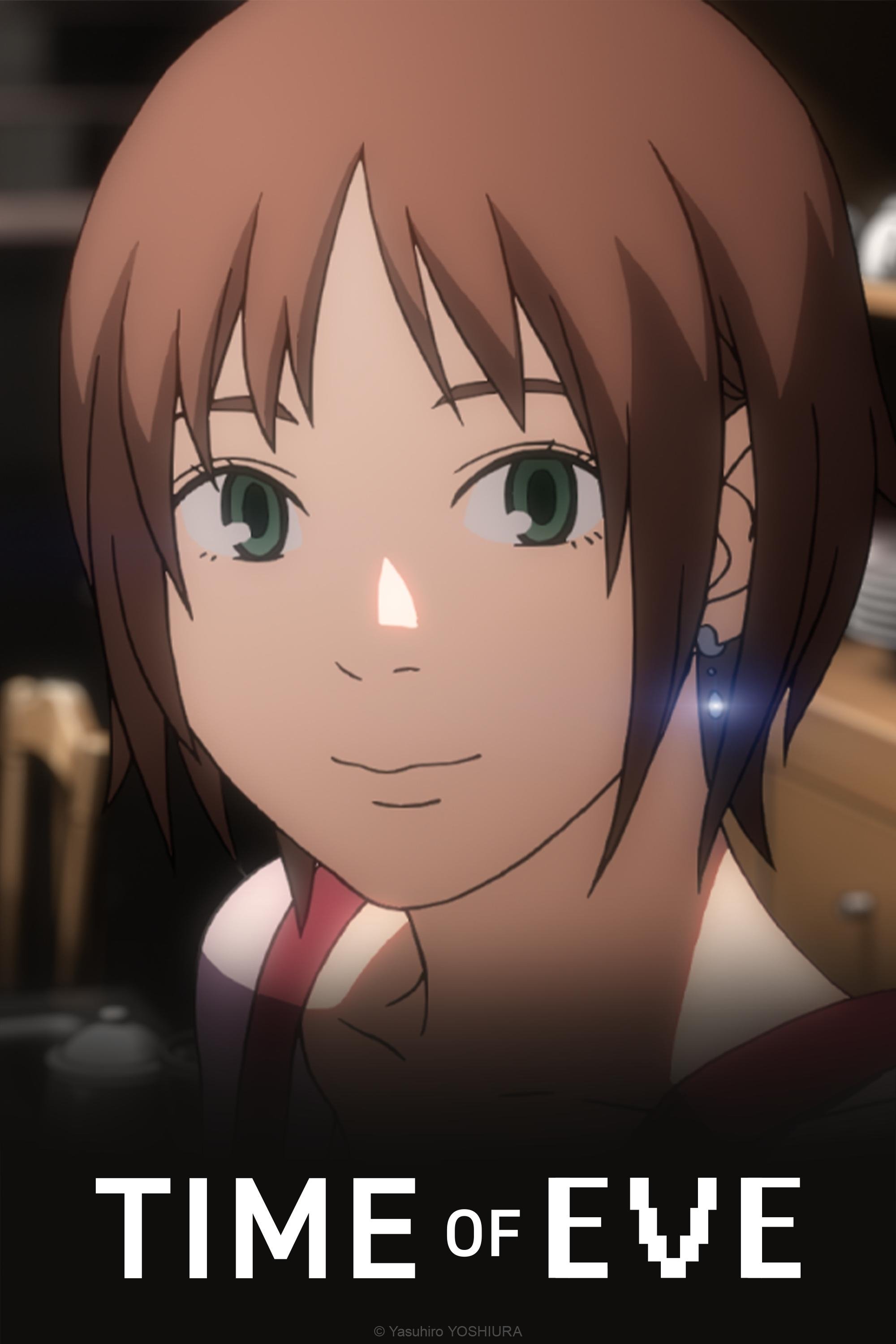
Studio Rikka created a web series about a café where humans and androids interact, with a strict no-discrimination policy. The episodes were later combined into a longer version with additional content.
The story uses conversations about things like ownership papers, physical descriptions, and identification numbers, all woven into everyday scenes. The way it’s filmed – with mirrors and moving camera angles – highlights small, important shifts in how characters act.
‘Angel’s Egg’ (1985)
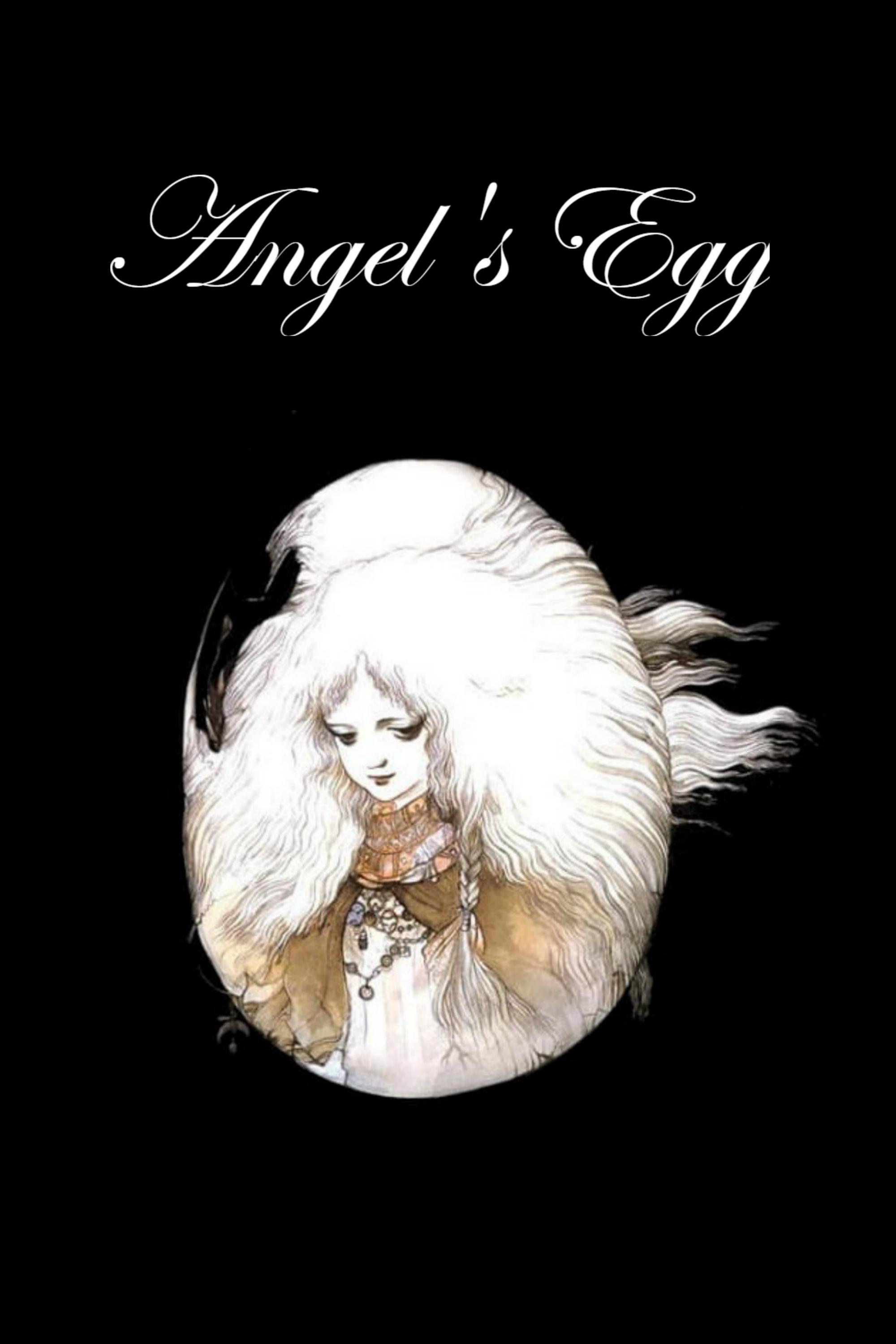
This movie, directed by Mamoru Oshii and featuring art by Yoshitaka Amano, tells its story with very little dialogue and incorporates religious themes. It’s visually striking, using painted backdrops and extended shots to create a thoughtful and slow-moving experience.
The film uses recurring objects and settings to feel like a ceremony. There’s very little talking, so the focus is on what the characters do, the changing water, and how they treat the egg.
‘Cat Soup’ (2001)
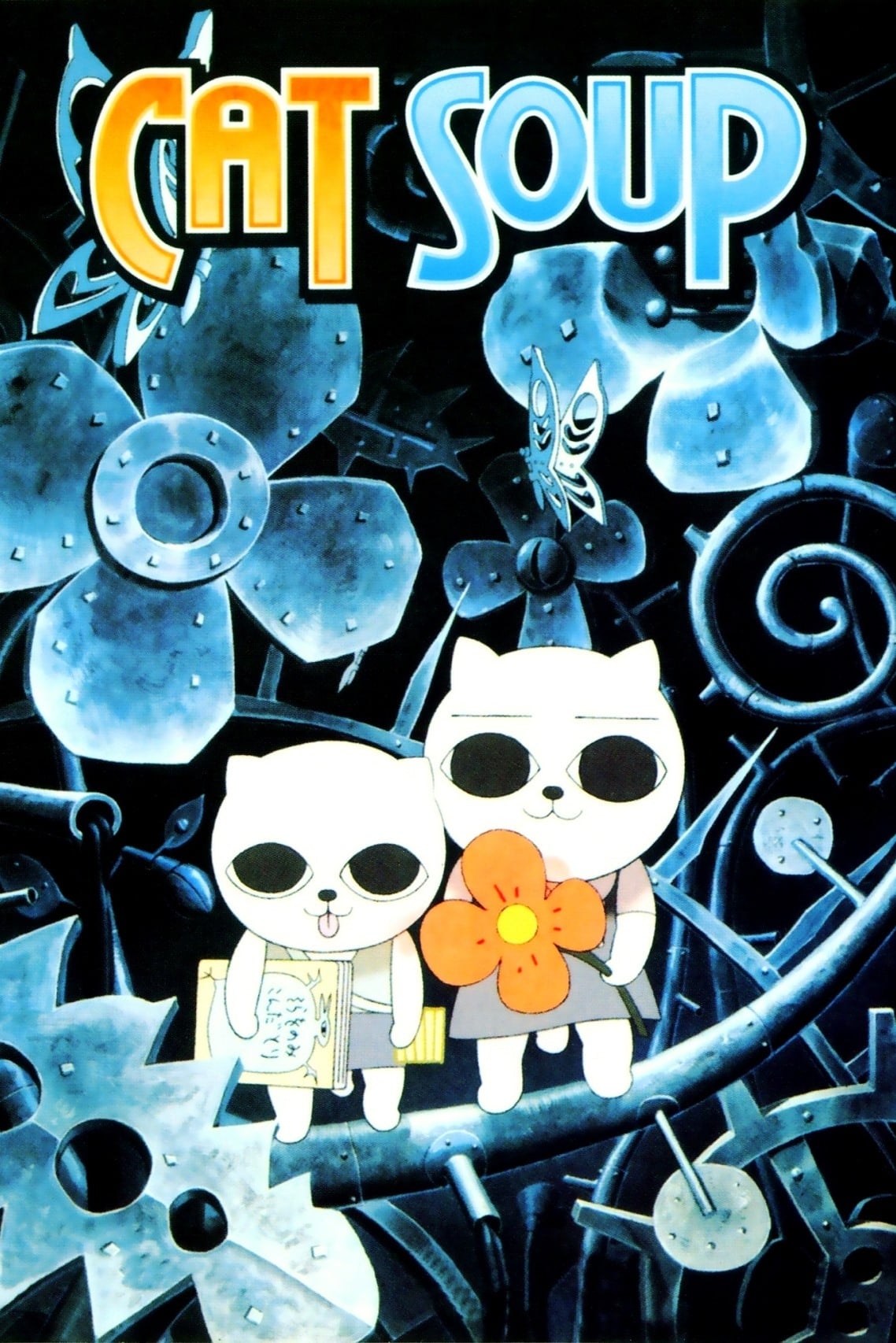
This brief animated film, created by studio J C Staff, is based on the work of Nekojiru. It’s a strange and dreamlike story about two cat siblings, and at less than forty minutes long, it’s a quick and interesting choice if you’re looking for something different.
The movie unfolds through scenes with no dialogue, using visual humor and meaningful imagery instead. The sound shifts between electronic beats and subtle background sounds, enhancing each scene’s atmosphere.
‘Pale Cocoon’ (2005)
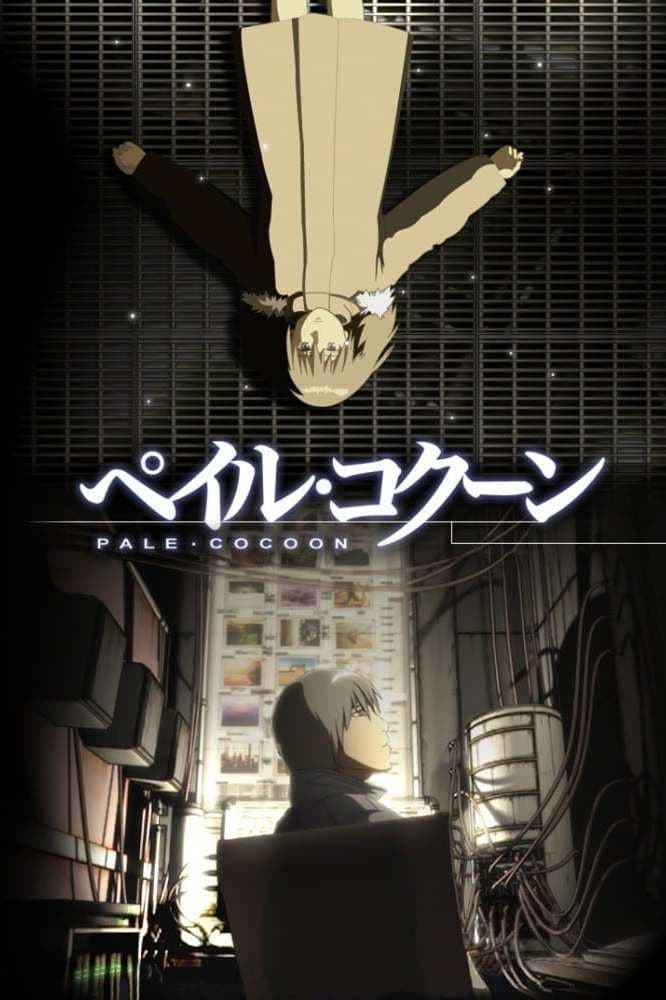
This short animated film by Yasuhiro Yoshiura is set in a place where people fix damaged digital files. It explores what happens when data is lost and how trustworthy our records really are, showing this through the computer screens and interfaces the characters use.
As a film buff, I’ve noticed a cool visual trend lately. A lot of movies are using these really stark backgrounds – think dimly lit tunnels, cramped office spaces, and those server rooms filled with blinking lights and data screens. It’s like they’re building tension through the environment. And narratively, these films often follow a quick pattern: a mystery is presented, clues are investigated rapidly, and then *bam* – the big reveal happens. It’s a really tight, efficient way to tell a story.
‘Mind Game’ (2004)
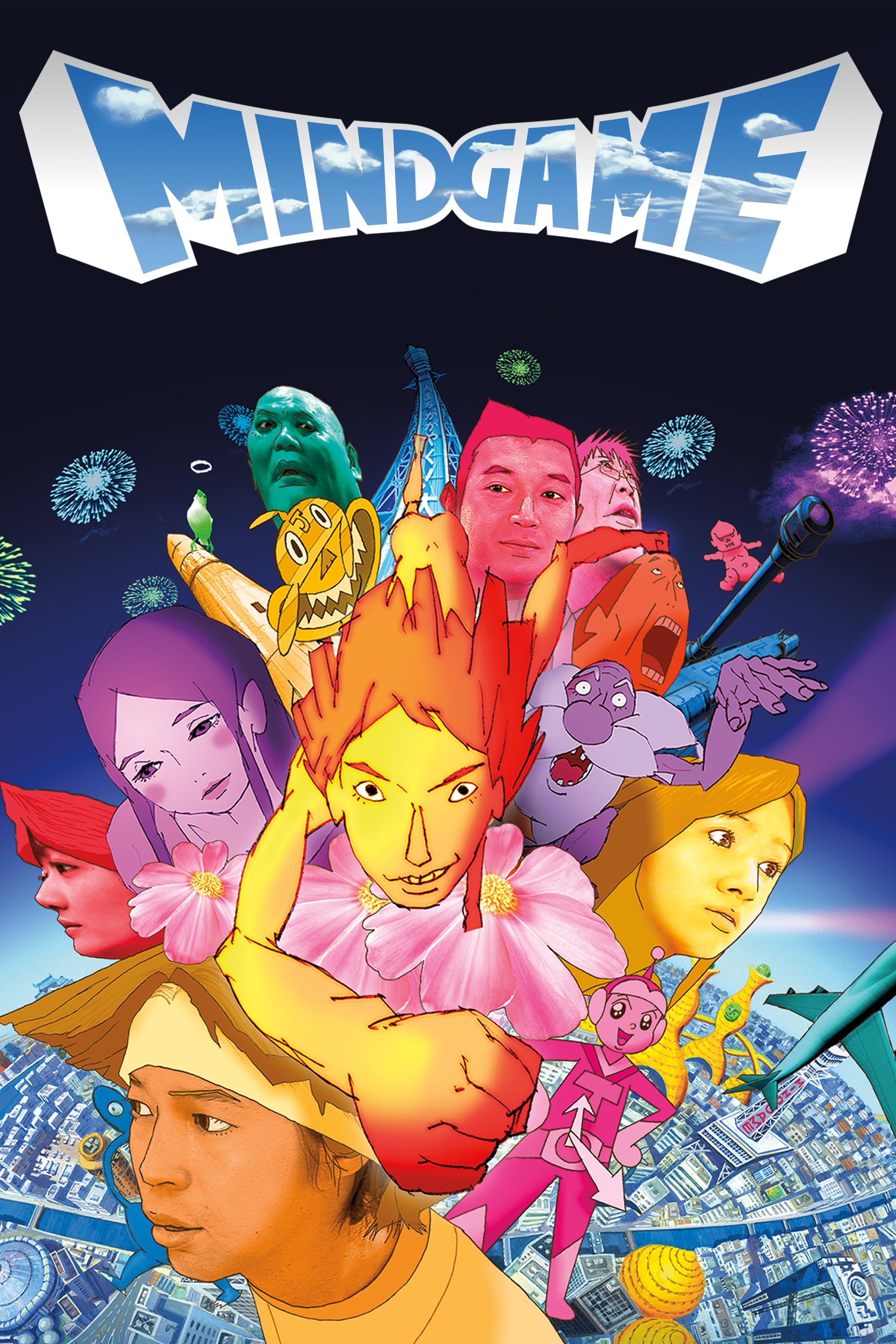
Director Masaaki Yuasa’s film blends traditional hand-drawn animation with photos and digital art. It tells the story of a young man dealing with a life-changing event. The movie was created by Studio 4°C, who emphasized unique and imaginative ways to move between scenes.
The film frequently switches between different screen shapes and visual styles, but maintains a consistent look for its characters. The music complements these changes, speeding up and slowing down with the quick cuts and slower moments.
‘Toward the Terra’ (2007)
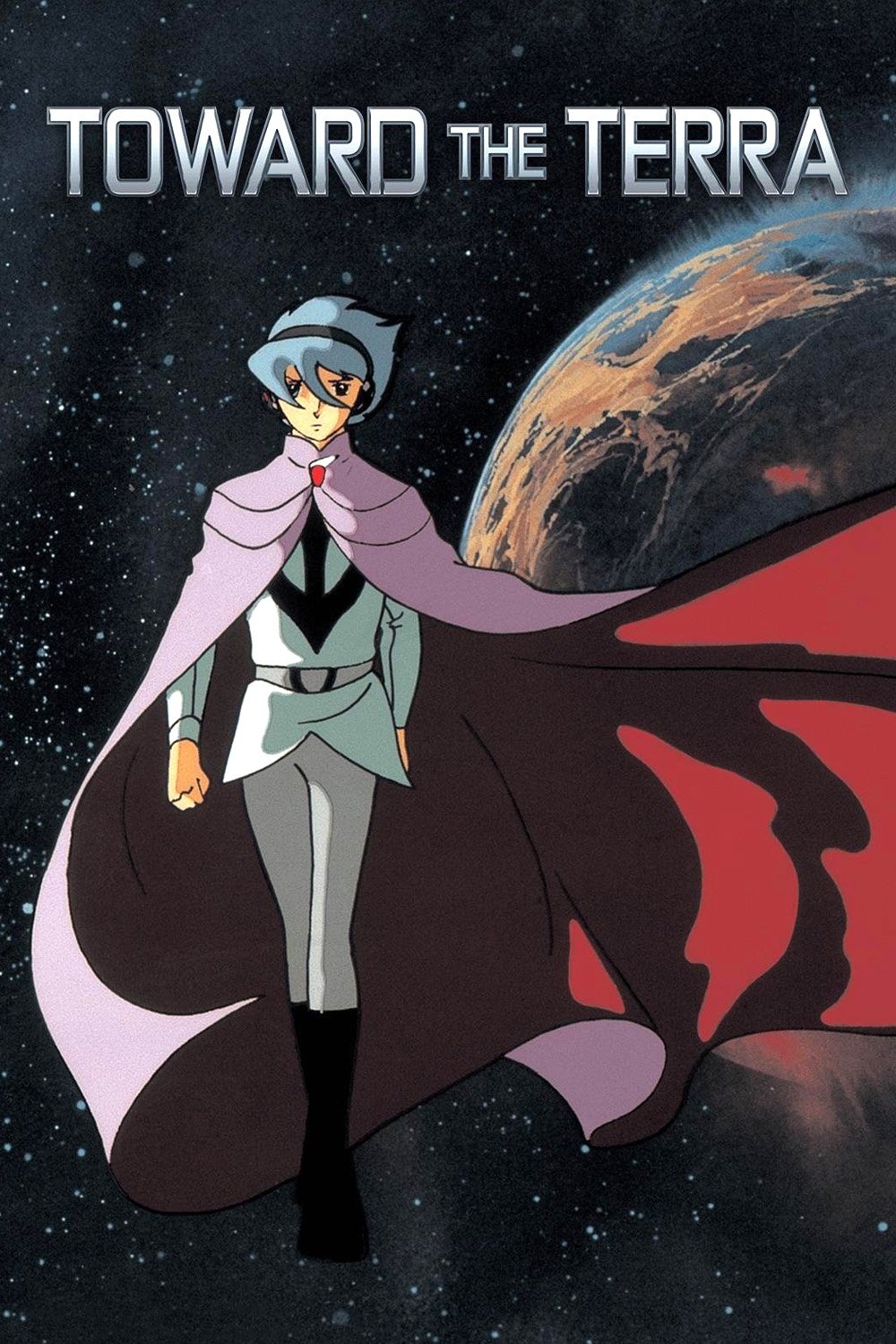
This TV show is based on Keiko Takemiya’s manga and is set in a future where computers raise children, categorize people, and wipe their memories when they become adults. The story centers on the Mu, a group with special powers who are being hunted, and their quest to find the planet Terra. It explores how their fight for survival clashes with the way the military trains soldiers and plans for the future across different space colonies.
The show is divided into two parts, and it smoothly transitions from characters training at school to actually operating ships in the fleet. It clearly details how the command system works, the different types of ships, and the laws used to control the population. Understanding these elements makes the political conflicts and strategic decisions throughout the series much clearer.
‘Shigurui: Death Frenzy’ (2007)
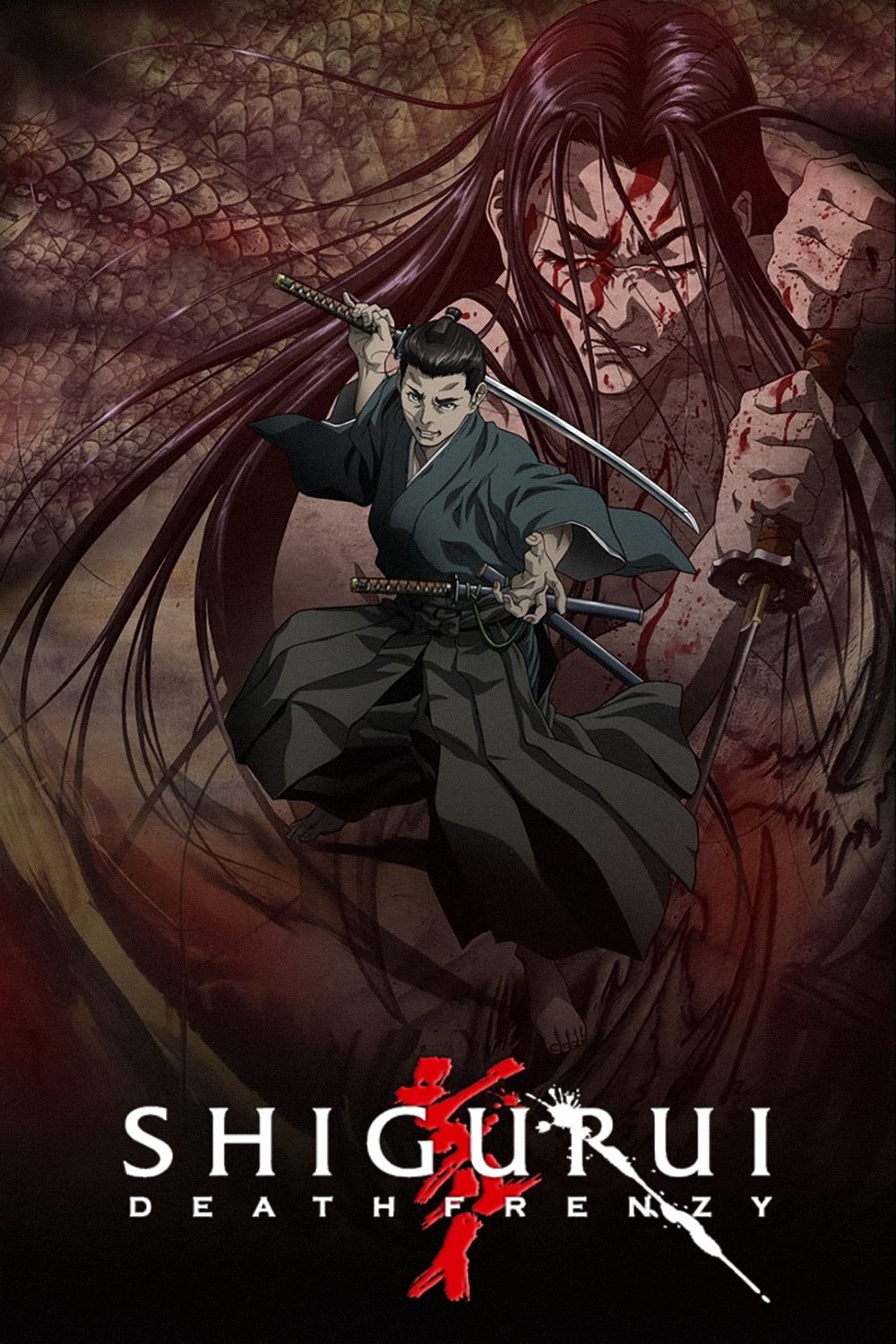
This series takes place during the time of Tokugawa Tadanaga and opens with a dangerous sword tournament where fighters compete without typical safety measures, leading to real injuries. Each fight is influenced by the fighter’s training, their school of swordsmanship, and the demands of their lords. The show explores how supporters and obligations impact each warrior’s performance.
The show uses realistic details – like medical practices, weapon upkeep, and traditional ceremonies – to create a believable sense of time. It carefully researches and choreographs fight scenes to accurately portray different Japanese sword-fighting styles and how they were used in battle, all within a controlled setting.
‘The Flowers of Hard Blood’ (2007–2008)

This detective story is set in the world of professional shogi, centering around a young player with a link to a cold case. The shogi matches are shown in detail, with clear views of the board and insights from players and coaches, and the series follows the regular tournament schedule.
The show features a variety of chess content, including ranked games, championship matches, and in-depth lessons on strategy – from opening moves to endgames. It also clarifies the official rules of chess, proper match behavior, and how moves are tracked and displayed during professional tournaments.
‘Moribito: Guardian of the Spirit’ (2007)
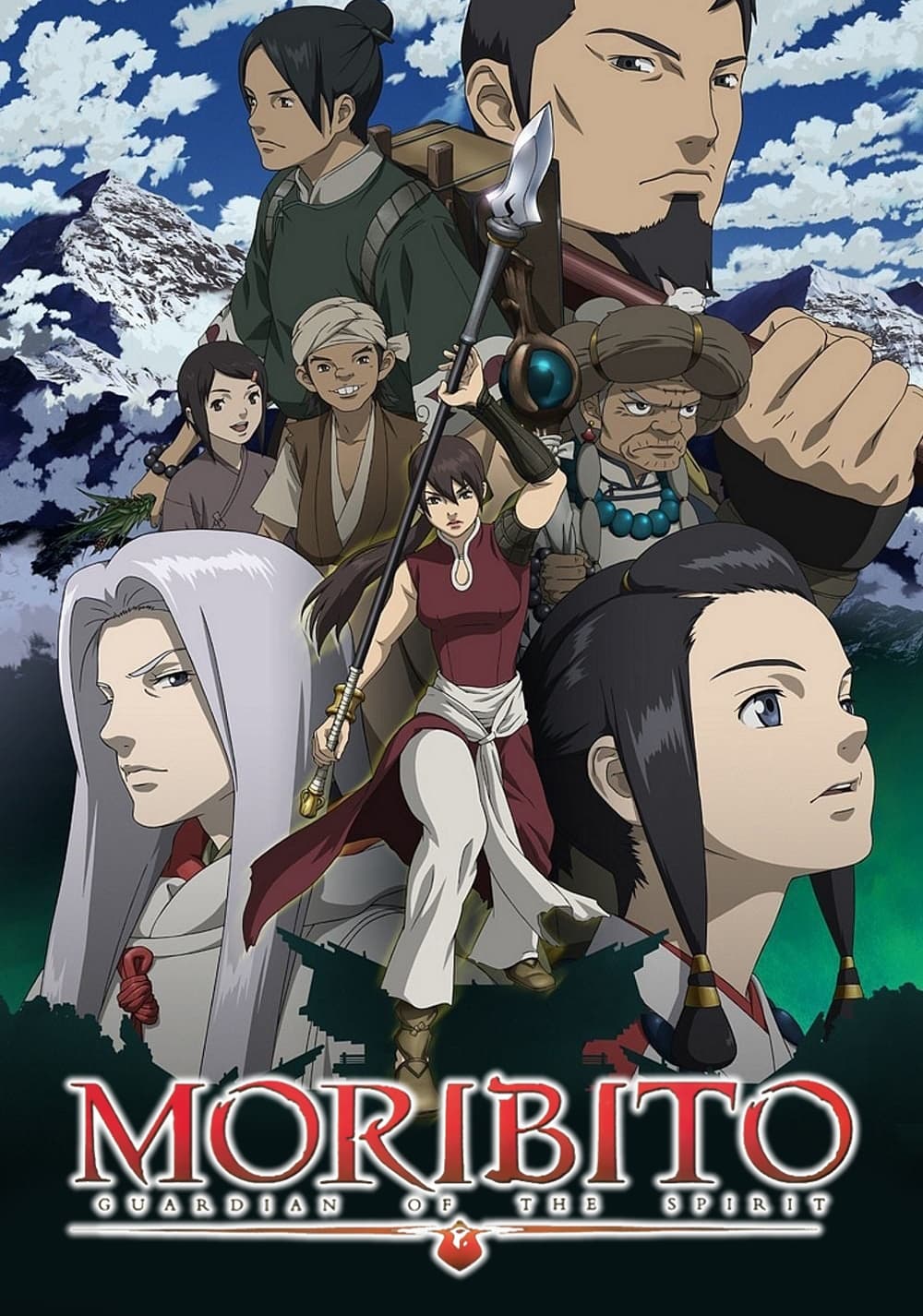
This series, inspired by Nahoko Uehashi’s book, centers on Balsa, a skilled spear fighter tasked with guarding a prince who is connected to a mysterious water spirit. The story features a richly detailed world, carefully mapping out everything from political conflicts within the court to the routes and safe places used for travel along rivers and through mountains.
Battles are easy to follow because the positions of fighters, how far they can reach, and the surrounding environment are all made clear beforehand. When characters aren’t fighting, they focus on practical tasks like fixing weapons, maintaining gear, and preparing food, making their travels and the changing seasons feel realistic and immersive.
‘Hyouge Mono’ (2011–2012)
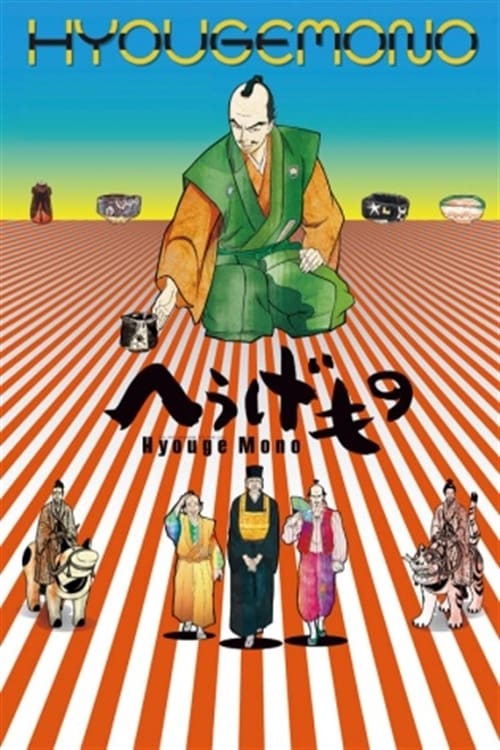
This historical drama delves into the world of tea ceremonies during Japan’s Sengoku period, revealing how the pursuit of flavor and artistry intertwined with warfare and political negotiation. The story centers on a loyal servant who finds meaning and accomplishment not just in conquering land, but in the beauty and quality of tea tools and pottery. It’s a detailed look at the workshops, artistic traditions, and treasured objects associated with this refined practice.
The show features discussions about beauty and style, often referencing specific tea bowls and techniques displayed on screen. Through scenes of tea ceremonies, gift-giving, and financial records, the series reveals how tea utensils function as valuable items – both as money and symbols of social standing – explaining the extreme lengths collectors will go to for a rare piece.
‘Xam’d: Lost Memories’ (2008–2009)
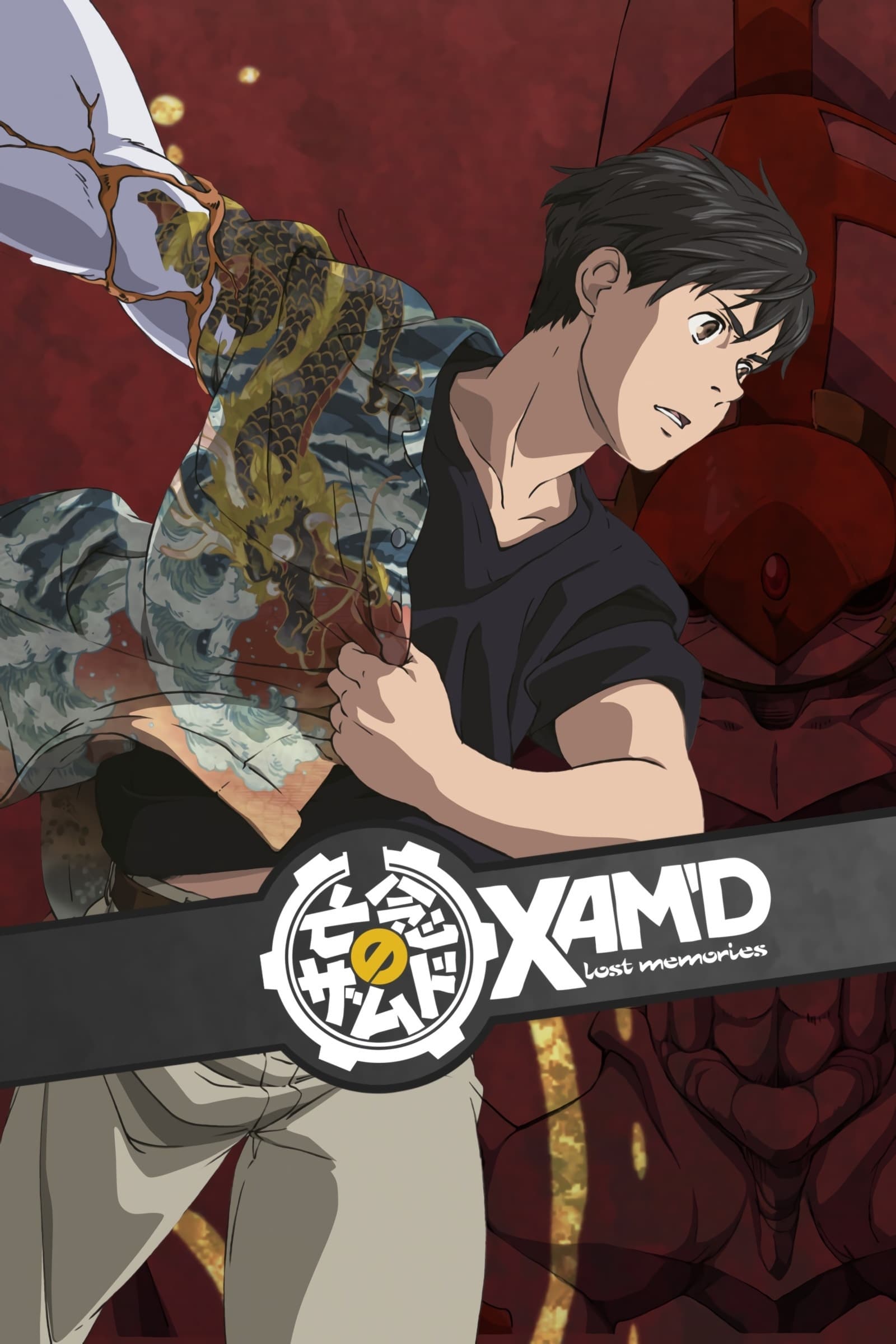
This series began as a digital release before airing on television. It centers on a boy who’s infected by a strange object, causing his body to transform when he fights. The story follows him as he travels on a mail airship between islands that are under military control, with each stop revealing unique local cultures and problems.
As a movie buff, I really appreciated how this show dives into the details – things like what kind of planes they use, how supplies get delivered, and the flight paths. But what *really* hooked me was how they handle the whole…transformation thing. Instead of making it seem like some mysterious curse, they treat it like a science problem. They show the weapons being bioengineered, explain how they test them in the field, and even detail the safety procedures for keeping everything contained. It makes the whole thing feel grounded and believable, like there’s a logic to it all.
‘Gasaraki’ (1998–1999)
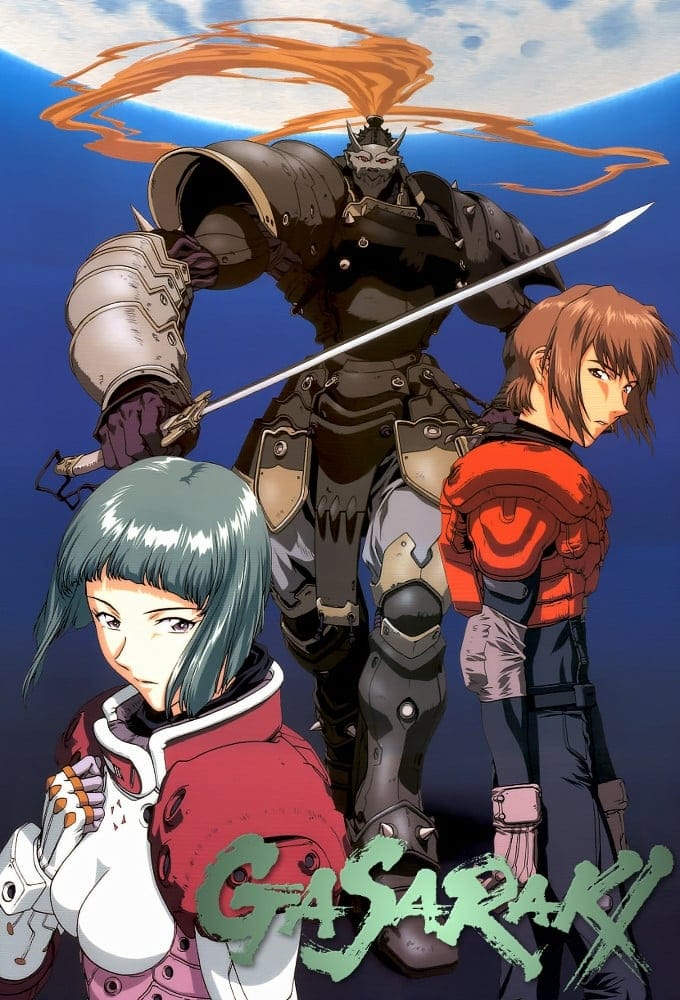
This anime features giant robots, called Tactical Armors, that are built by powerful family-run companies and connected to ancient rituals. The story follows these robots as they participate in challenging tests in both cities and deserts, all while exploring the business and political side of their creation – including who buys them, what limitations are placed on sales, and how the public reacts to training exercises.
The show features storylines centered around the military’s leadership structure, choosing pilots, and scheduled maintenance – these elements drive the plot. It also explains how defense projects are funded and approved through both government and private companies, highlighting the political impact of each mission.
‘Key the Metal Idol’ (1994–1997)

This animated series centers on Tokiko Mima, known as Key, and her quest to make thirty thousand friends in order to become fully human. The story jumps between a quiet town, the world of talent agencies, and hidden laboratories, exploring how public images are created using television studios and practice spaces.
How storylines build tension depends on filming schedules, agreements with actors, and the way episodes are assembled. The show uses typical episode lengths, but finishes with longer, more detailed conclusions. This structure allows major plot twists to be backed up by footage and official reports from investigations.
‘Figure 17: Tsubasa & Hikaru’ (2001–2002)
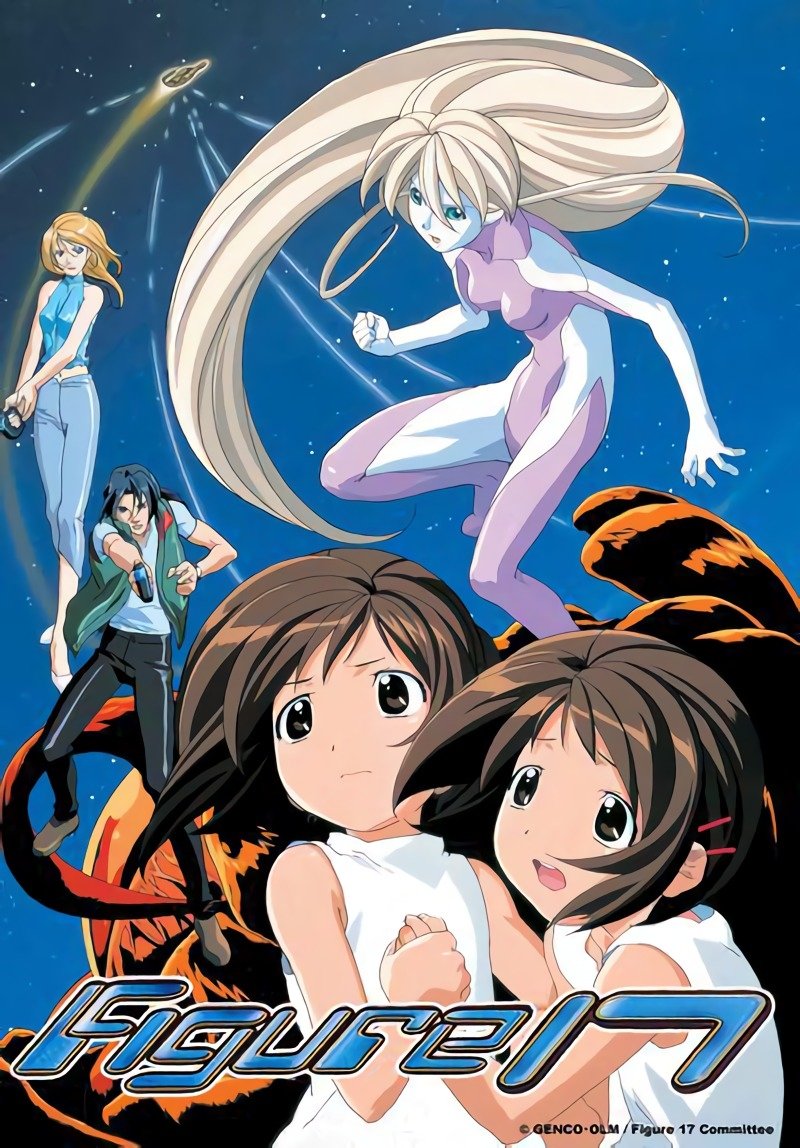
This show blends everyday life in the countryside with science fiction. Each episode is roughly forty-six minutes long and follows two girls who share a body when fighting, all while they navigate school and life in Hokkaido. The story really grounds itself in the details of their surroundings, like bus routes, farms, and the local forests.
As a movie fan, I’ve noticed how these stories often use reports of strange creatures to build tension – you get the search patterns, police logs, even blurry photos, and that really shapes how the characters (and we, the audience) react. What I also appreciate in this film is that it doesn’t rush things. It takes its time, weaving in everyday life – schoolwork, holidays – alongside the main action. It’s a longer movie, sure, but that extended runtime actually makes the story feel really grounded and easy to follow, because it doesn’t feel crammed with events.
‘Armitage III’ (1995–1997)
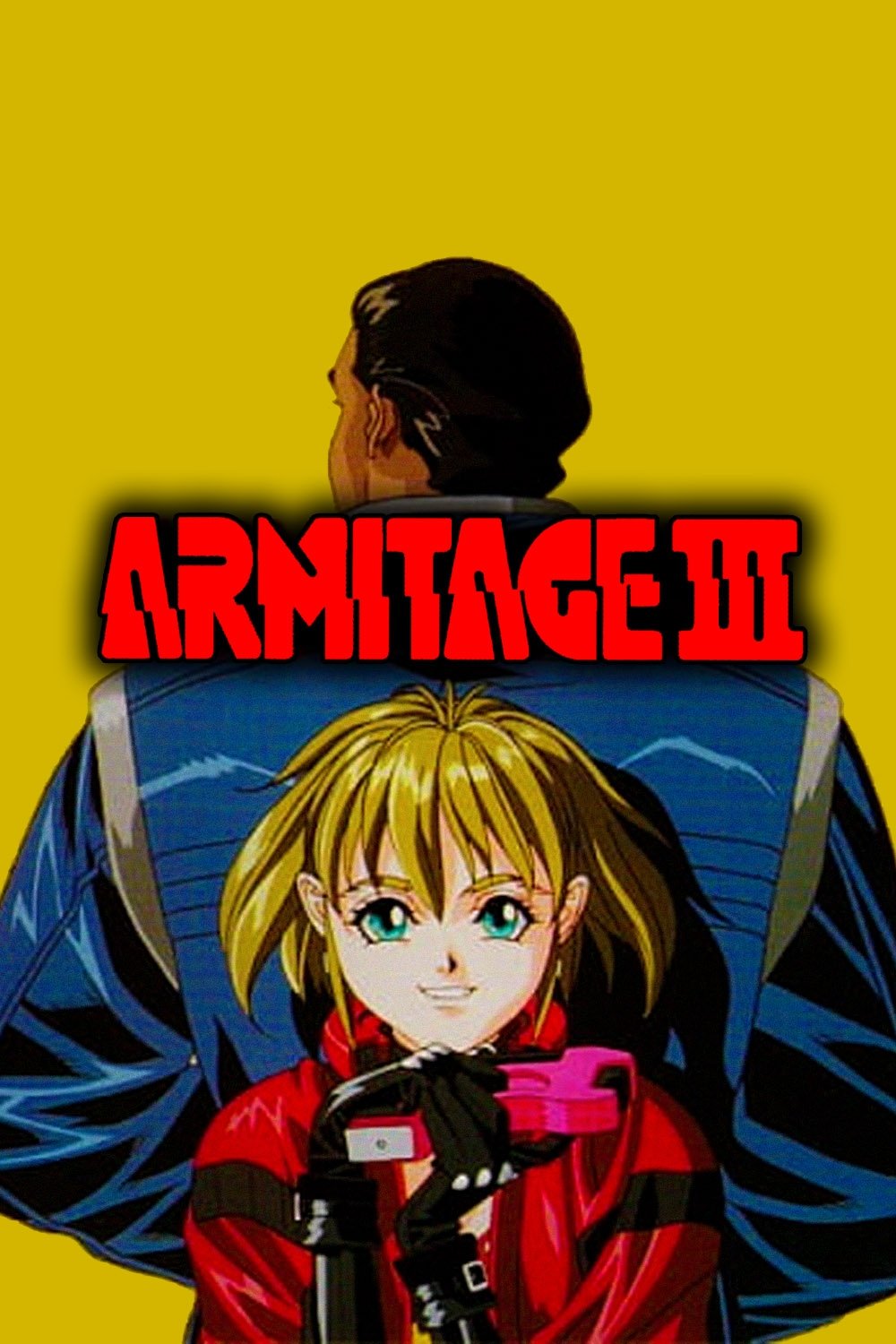
This animated series takes place on a Mars colony and centers around detective Naomi Armitage, who is solving murders connected to highly advanced androids. The show delves into the details of these androids – including their model numbers, makers, and serial numbers – and also examines the rules and limitations surrounding technology on Mars.
Several different versions are available, including a shorter film edit with scenes presented in a new order. The original video animation (OVA) includes detailed case files, autopsy reports, and shipping records that reveal connections between the investigation and powerful corporate interests, as well as operations happening off-planet.
‘Mardock Scramble: The First Compression’ (2010–2012)

This three-part series, based on novels by Tow Ubukata, centers on a woman brought back to life using advanced, forbidden technology, and the shapeshifting companion who assists her. The story unfolds through legal proceedings and battles, all governed by strict city laws, rules of evidence, and limitations on her powers.
The movie showcases details like different kinds of bullets, security systems using fingerprints, and how casinos operate during a secret operation. Throughout the action, it also consistently explores the legal side of things, using courtroom testimonies and evidence tracking to show how information is collected and challenged in court.
‘Patema Inverted’ (2013)
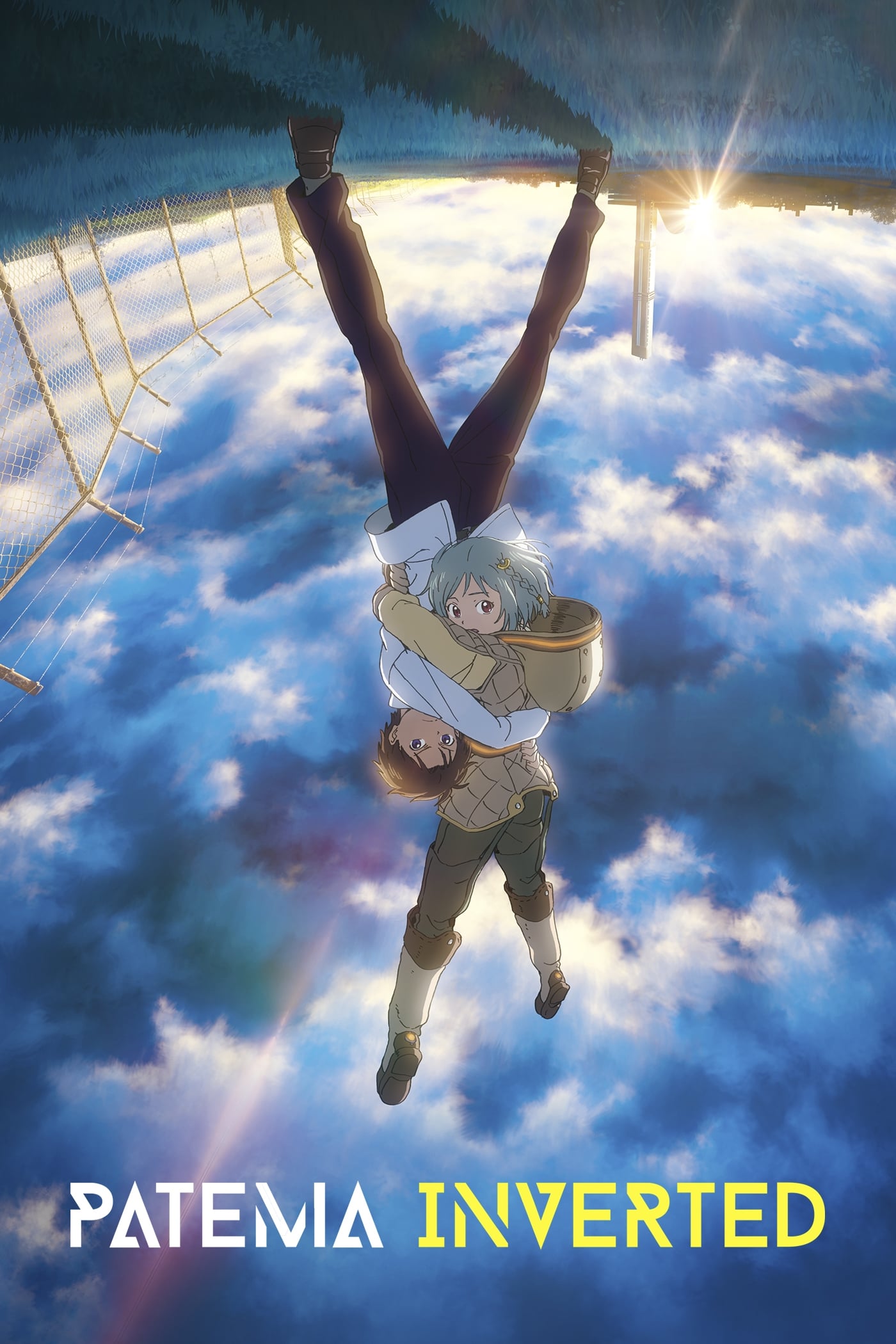
This story explores two societies where gravity works differently. It shows how each one builds its cities, creates safety gear, and figures out how to get around. The characters move between areas using tools like harnesses and secure anchor points, and travel is often coordinated through specially built shafts.
Official explanations of past experiments come from reports and broadcasts, but personal notes and sketches offer different perspectives. The film combines these sources to create a believable journey, making the characters’ decisions seem carefully considered and well-planned.
‘Harmony’ (2015)
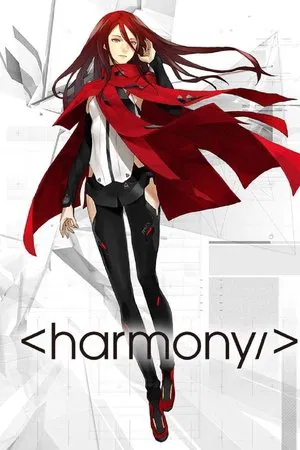
This movie, based on a work by Project Itoh, portrays a world recovering from a disaster where society is controlled through constant health monitoring. It details the implants, rules, and food restrictions used to ensure everyone follows guidelines, and how people try to get exceptions – and whether those requests are approved.
The system’s security is well-defined, using methods like fingerprint scans, different levels of access, and live monitoring of its overall health. The story unfolds across various locations – clinics, archives, and international organizations – and uses records of meetings and system checks to expose internal disagreements and problems.
‘The Sky Crawlers’ (2008)
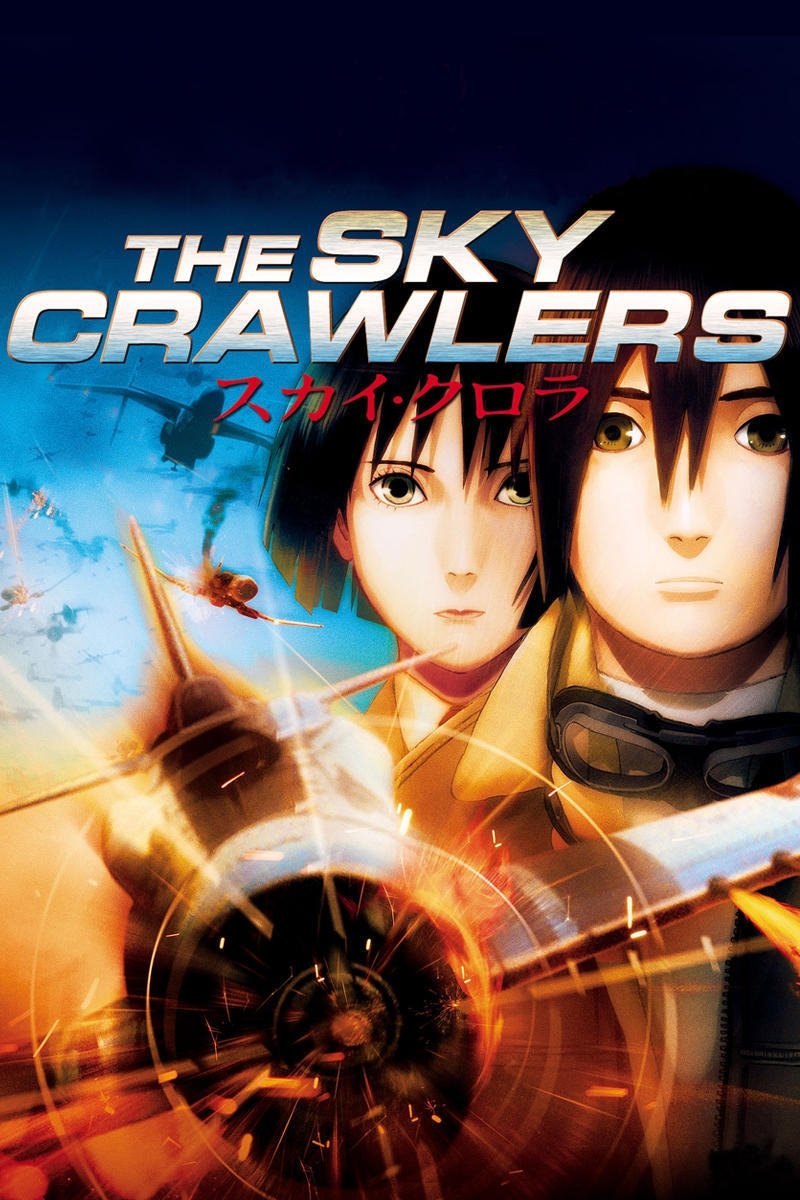
The film focuses on fighter pilots who participate in simulated wars organized for companies. It carefully tracks how pilots move between bases and details the precise procedures they follow – from preparing for missions and understanding briefings, to communicating during flights.
Pilots’ flight schedules and how aircraft perform are affected by weather, the amount of fuel carried, and how often planes are maintained. Detailed pre-flight inspections and post-flight reports help track performance and any losses, revealing a pattern that sustains ongoing operations.
‘The Beast Player Erin’ (2009)
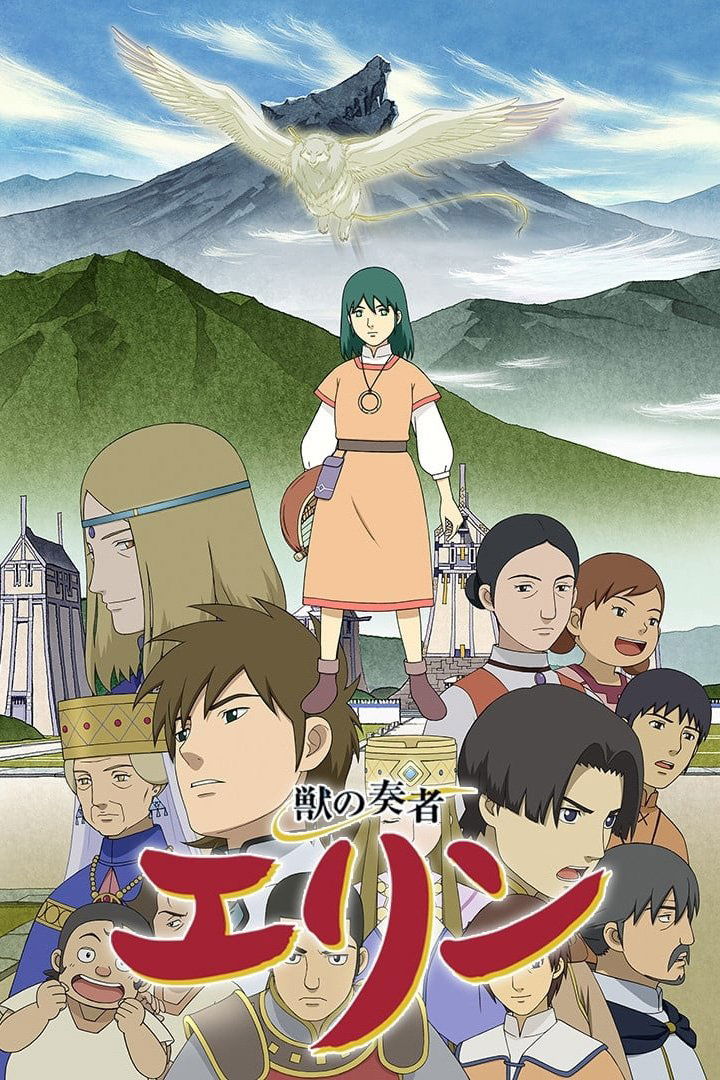
This series, based on novels by Nahoko Uehashi, centers around a girl who learns about and takes care of massive creatures that are vital to her country’s defense. It details how to raise and care for these creatures – including what they eat, when they’re fed, and how their habitats are built – and explains how these practices link to military operations, like transporting them and showcasing them in parades.
Handlers are governed by a combination of rules from guilds, school teachings, and local laws. Regular inspections and official documentation highlight the ways animal care and government authority connect in daily operations.
‘Children of the Whales’ (2017)
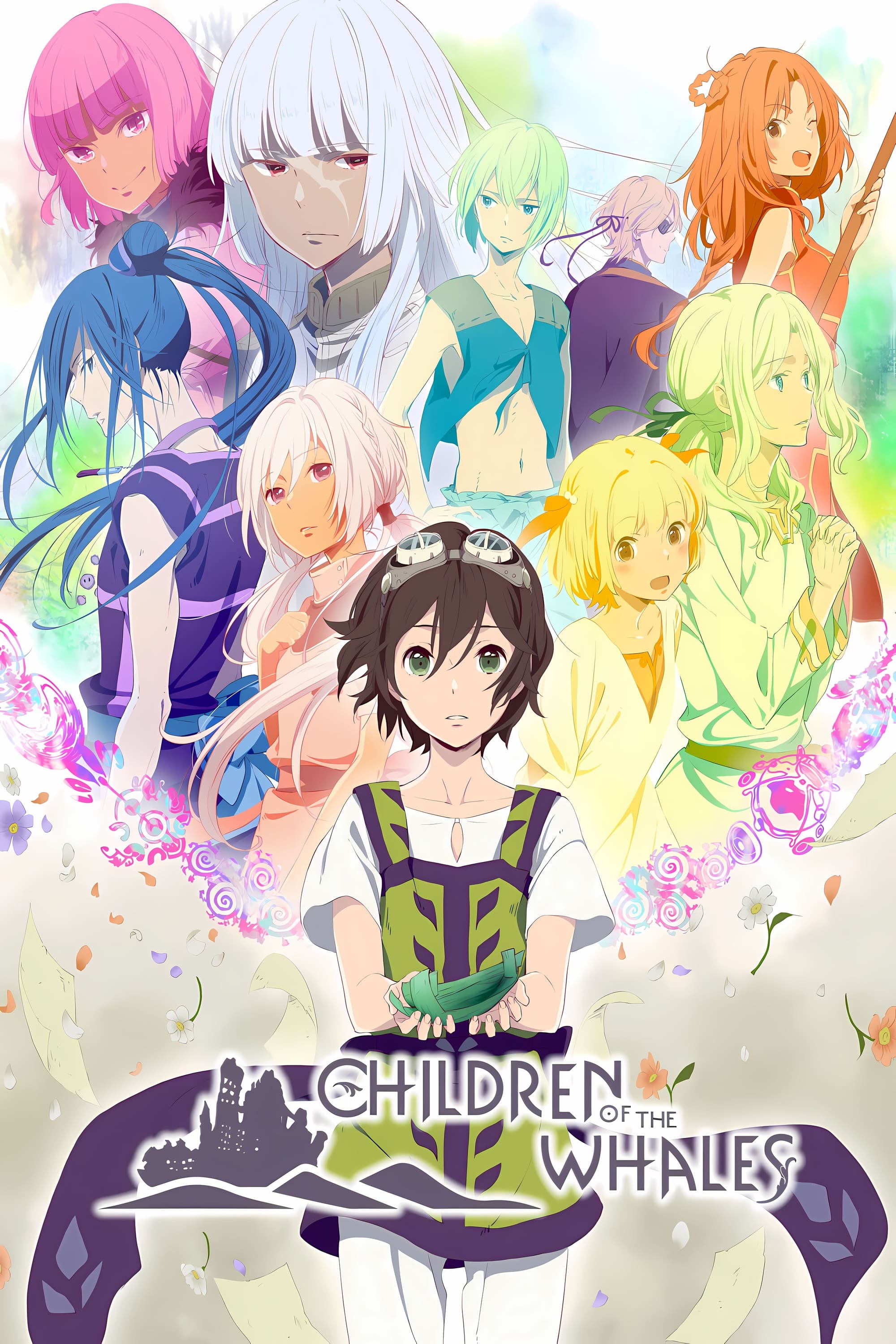
I just finished watching this fascinating series, and it’s unlike anything I’ve seen in a while. The story unfolds on this incredible, constantly moving island made of sand and clay, and it really sets a unique stage for everything that happens. What’s most compelling is how this isolated society functions – they’ve built their world around people’s psychic abilities, but at a real emotional price. The show delves into the details of their everyday lives – the census takers, the archivists preserving their history, even their funeral rituals – and it paints a vivid picture of how this small community clings to survival with limited resources. It’s a surprisingly intimate and thought-provoking watch.
The show depicts the ships, uniforms, and official signals of any nations or groups encountered. Written documents and seals are crucial for confirming agreements and commands, and these official markings often play a role in future disputes.
‘Hakumei and Mikochi’ (2018)
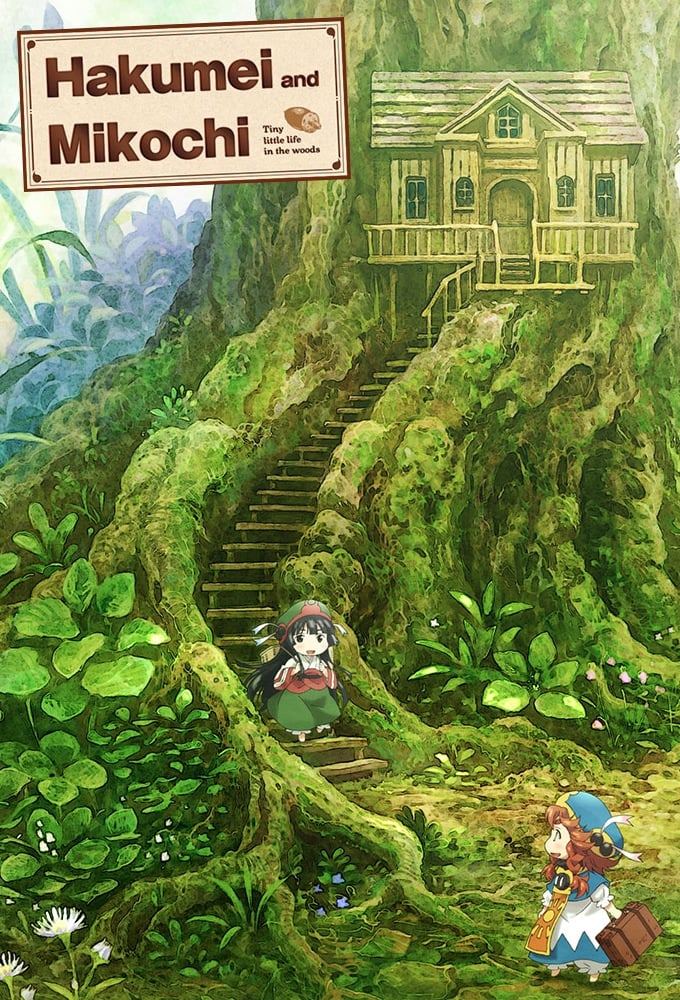
This show follows the daily lives of two miniature friends in a charming forest town nestled among trees and rocks. It details the tools they use, their jobs, and how they’ve set up their homes, while also showing how everything is different when you’re so small – from building things to cooking and getting around.
The city is well-marked with maps and signs, so finding bakeries, inns, and workshops is simple. Regular events like markets, mail delivery, and festivals happen on a predictable schedule, creating a natural rhythm to life and offering story ideas without requiring a major conflict.
‘Showa Genroku Rakugo Shinju’ (2016–2017)
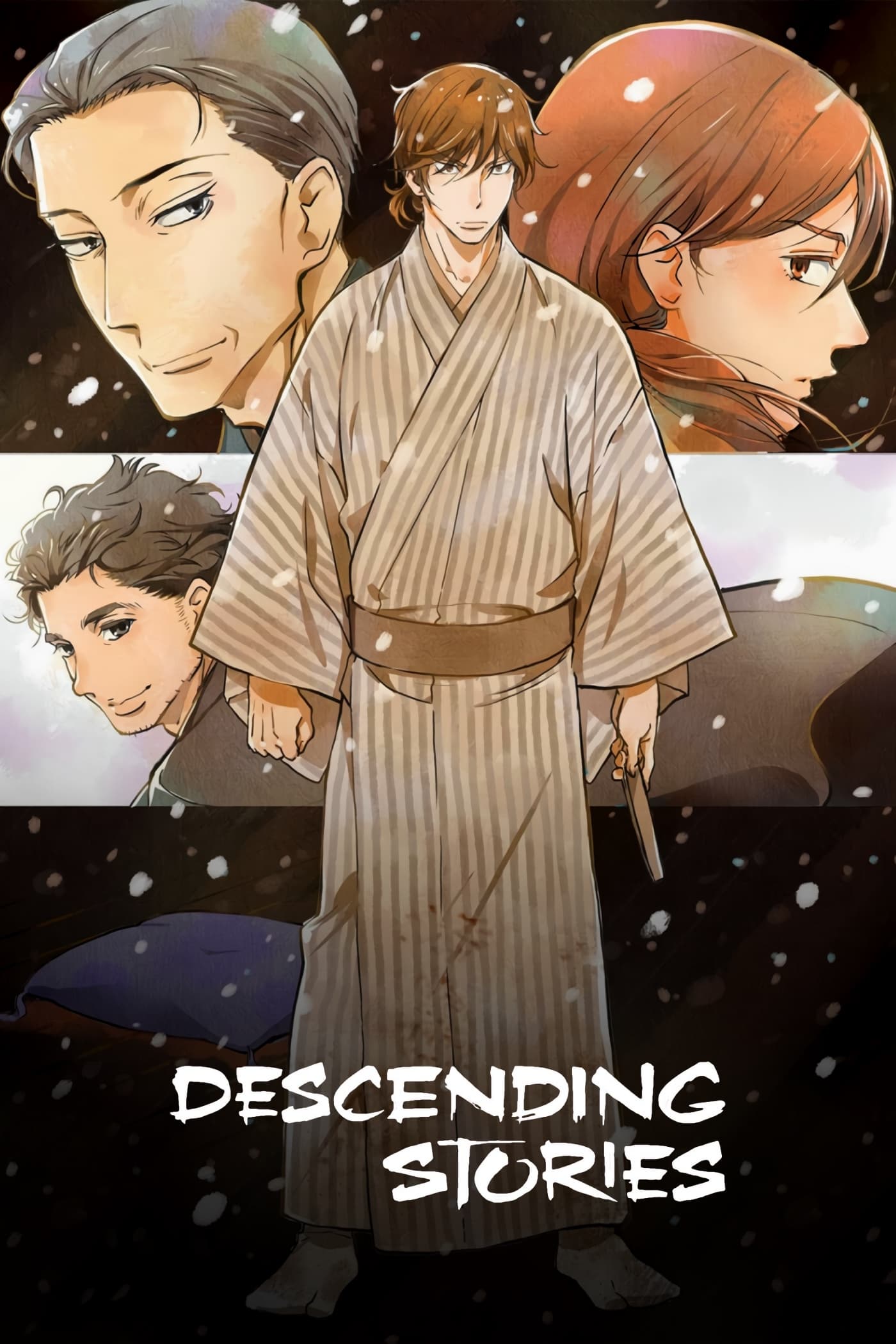
As a total film and storytelling nerd, I found this series fascinating. It really dives into the world of rakugo – a traditional Japanese storytelling art – and follows aspiring performers as they learn the ropes. It’s not just about the performances themselves, though. You see everything – how they pick their stage names, how classic stories get passed down, and all the behind-the-scenes work like rehearsals, booking venues, and even recording for the radio. It’s amazing to see how this art form has survived and evolved over the years.
As a critic, I found this show fascinating because it really digs into how careers in the performing arts have changed over time. It’s not just about the performances themselves, but the behind-the-scenes details – things like how costumes are maintained, how performers deal with fans, and even the logistics of seating arrangements. Surprisingly, these seemingly small details actually explain *why* certain theaters and legendary artists have become so important in shaping the art form’s history. It’s a really insightful look at how practicalities and relationships build legacies.
‘Tsuritama’ (2012)
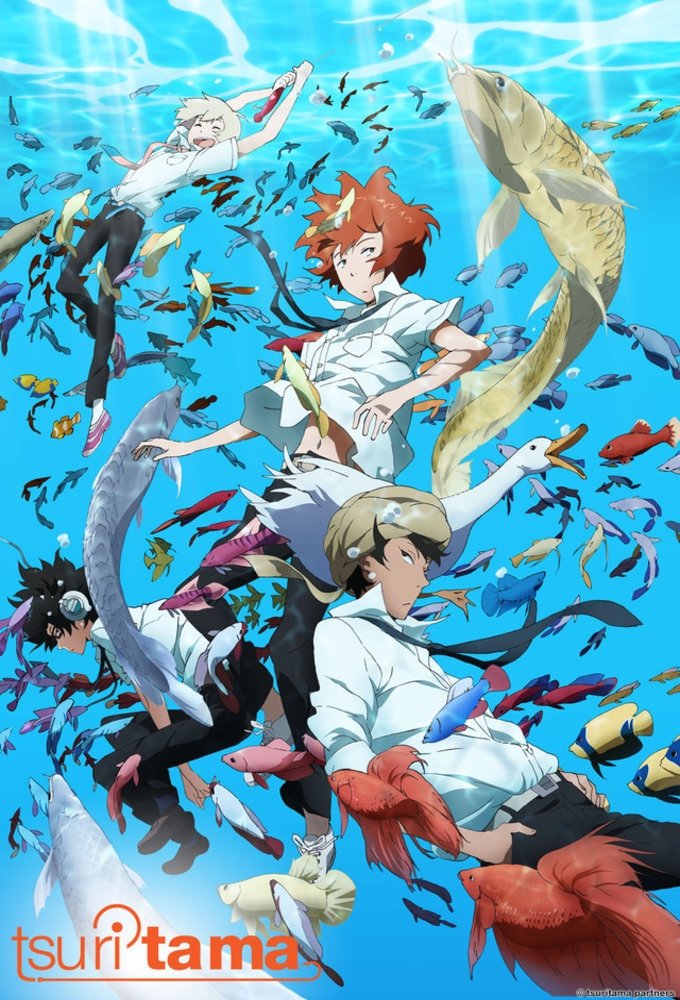
This series, taking place on Enoshima, combines a story about friendship with practical fishing guidance. It clearly explains how to choose equipment, tie knots, and identify local fish. The story follows a fishing club as they plan trips based on schedules and weather, with each member having specific responsibilities on the boat.
The show accurately portrays real-life fishing spots like Enoshima’s shrine path and breakwaters, even detailing specific lures and techniques for different situations. It also explains the practical side of fishing, including licensing and proper etiquette, making the hobby feel authentic and relatable.
‘Sarazanmai’ (2019)
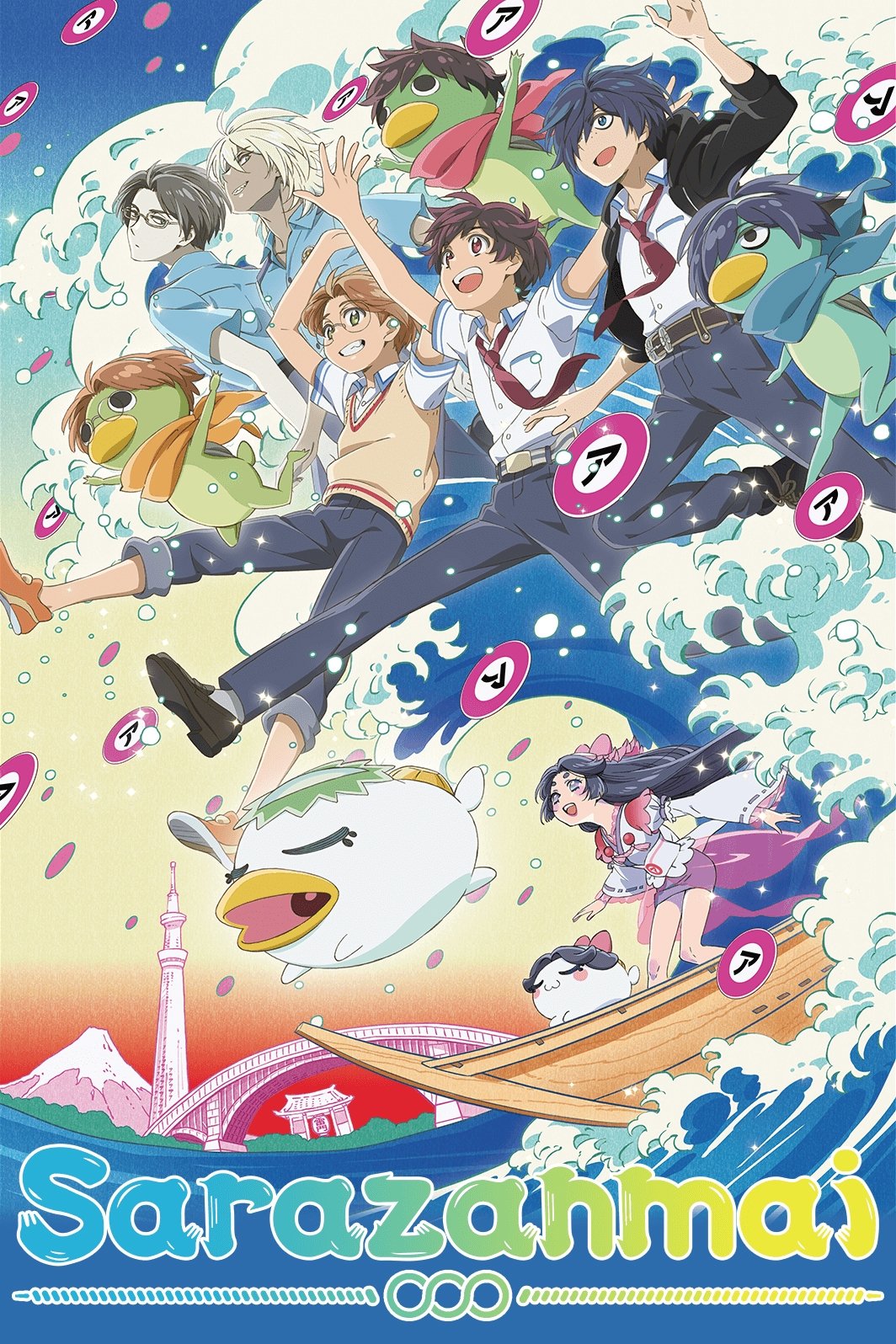
This show follows three middle school students who become connected to mysterious beings called kappas. They harness a special energy source, known as shirikodama, which fuels their transformations. The series establishes a system for how these connections are made and how this energy is managed by an organization responsible for maintaining peace and order.
The story cleverly blends fictional events with realistic city layouts, police work, and the use of surveillance. By repeatedly showing characters travel the same paths – over bridges and through alleyways – the show helps viewers become familiar with the setting and understand how crucial timing and location are to each mission.
Tell us about any amazing anime that most people haven’t heard of! Share your recommendations in the comments and help us build a list of underappreciated shows.
Read More
- Silver Rate Forecast
- Красный Октябрь акции прогноз. Цена KROT
- Gold Rate Forecast
- MSCI’s Digital Asset Dilemma: A Tech Wrench in the Works!
- Bitcoin’s Ballet: Will the Bull Pirouette or Stumble? 💃🐂
- Ethereum’s $3K Tango: Whales, Wails, and Wallet Woes 😱💸
- Brazil Bank & Bitcoin: A Curious Case 🤔
- Monster Hunter Stories 3: Twisted Reflection gets a new Habitat Restoration Trailer
- Dogecoin’s Big Yawn: Musk’s X Money Launch Leaves Market Unimpressed 🐕💸
- Itaú’s 3% Bitcoin Gambit: Risk or Reward?
2025-10-09 14:52